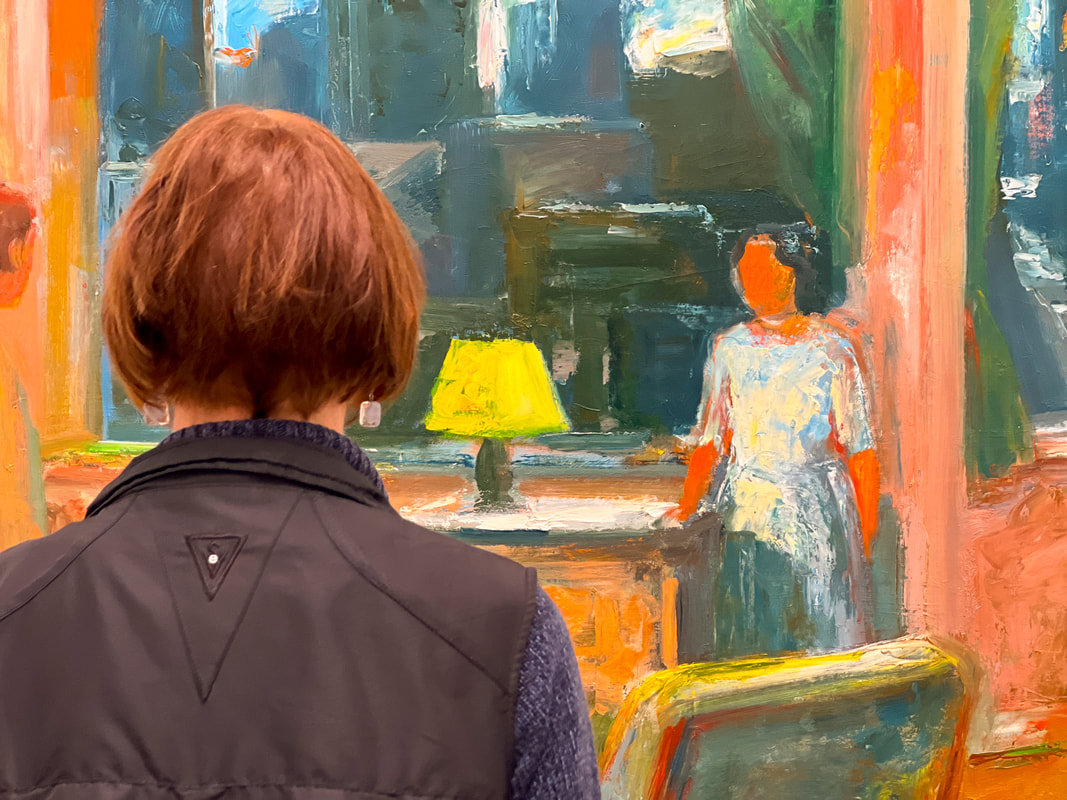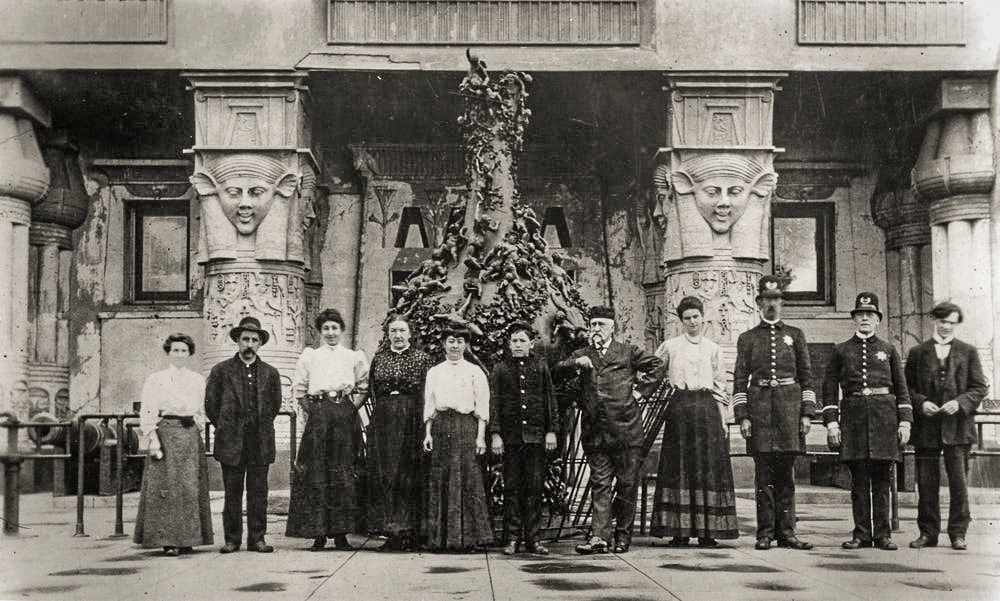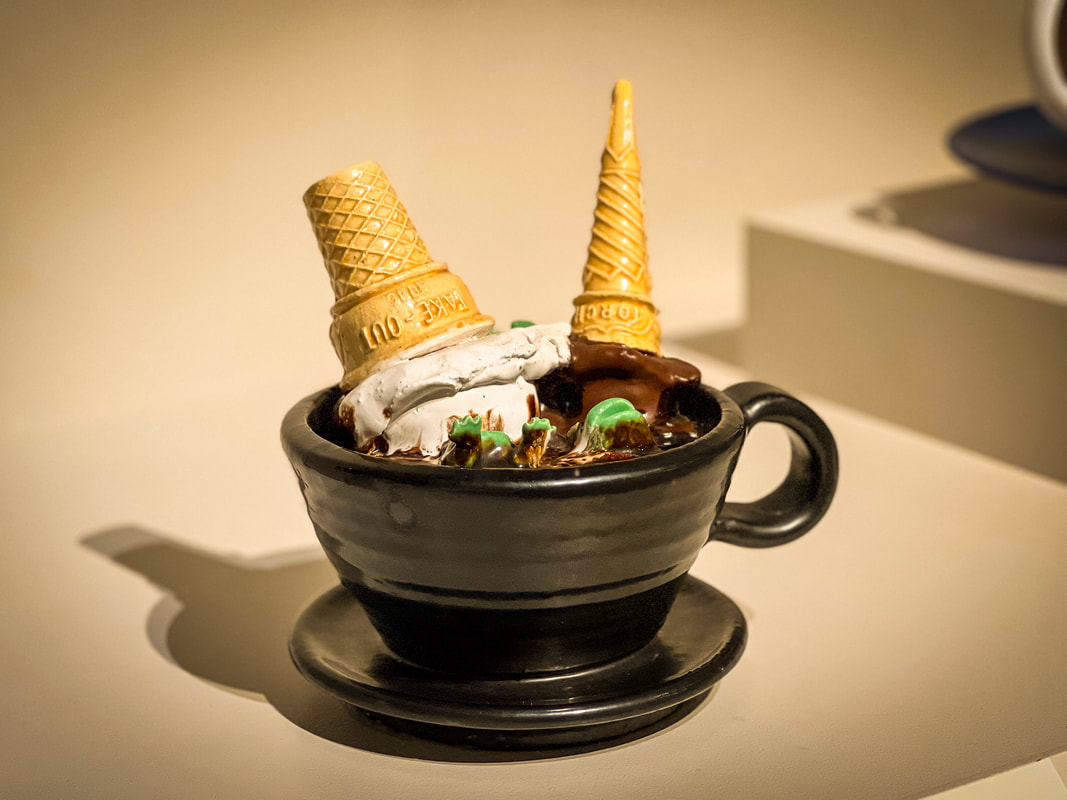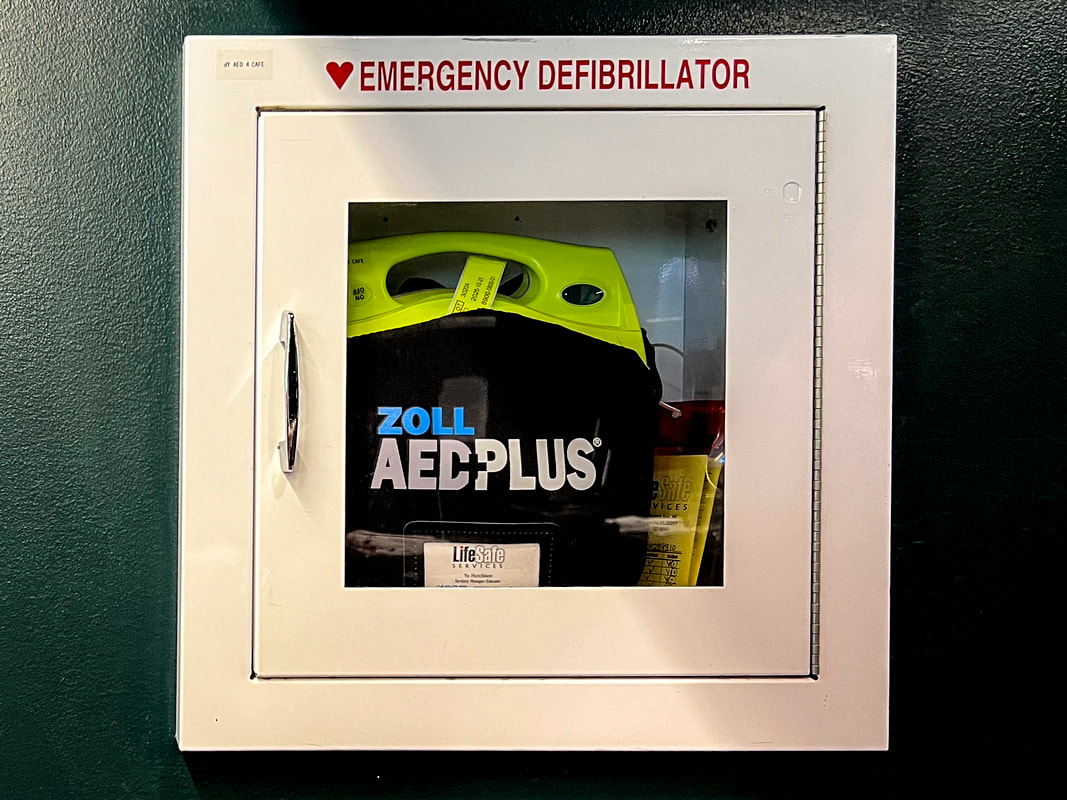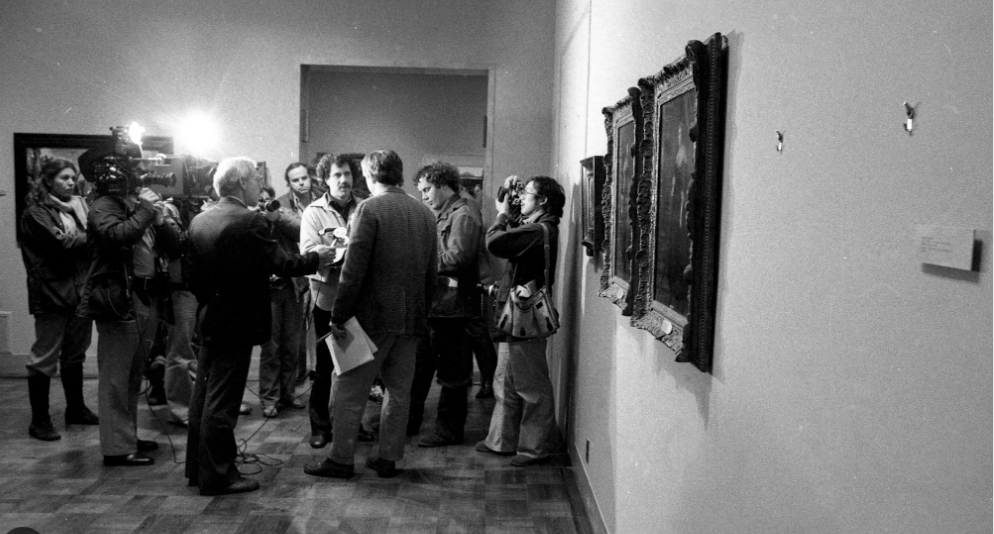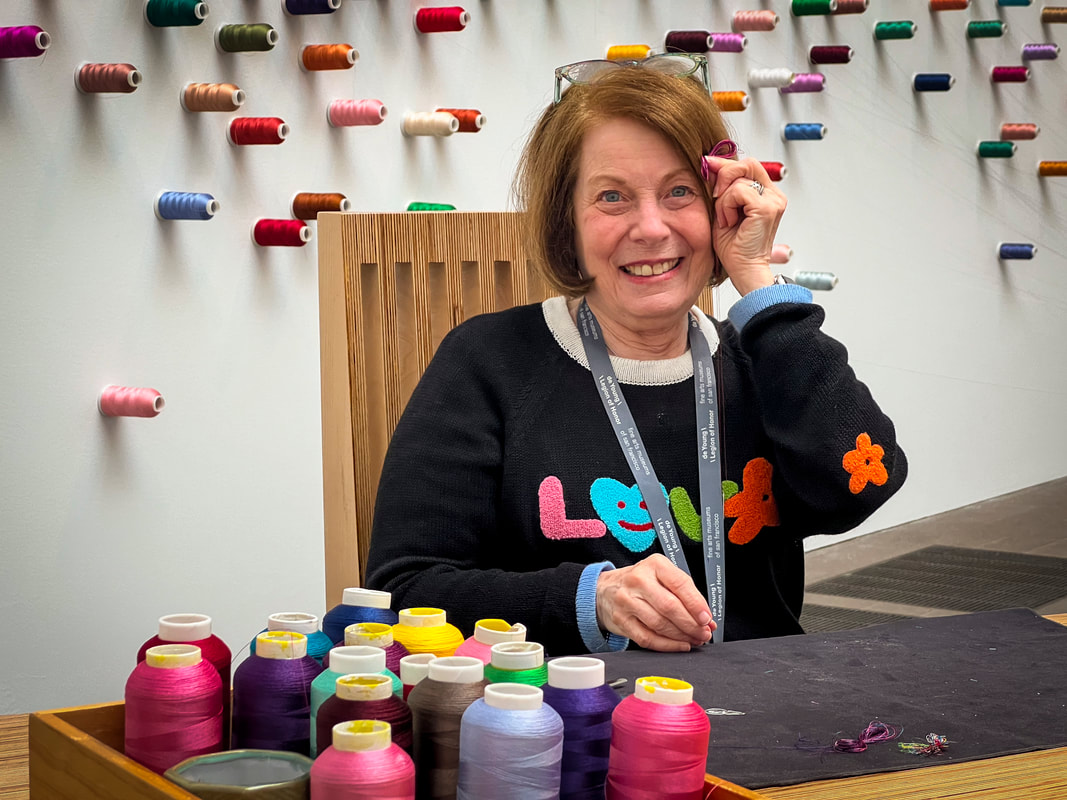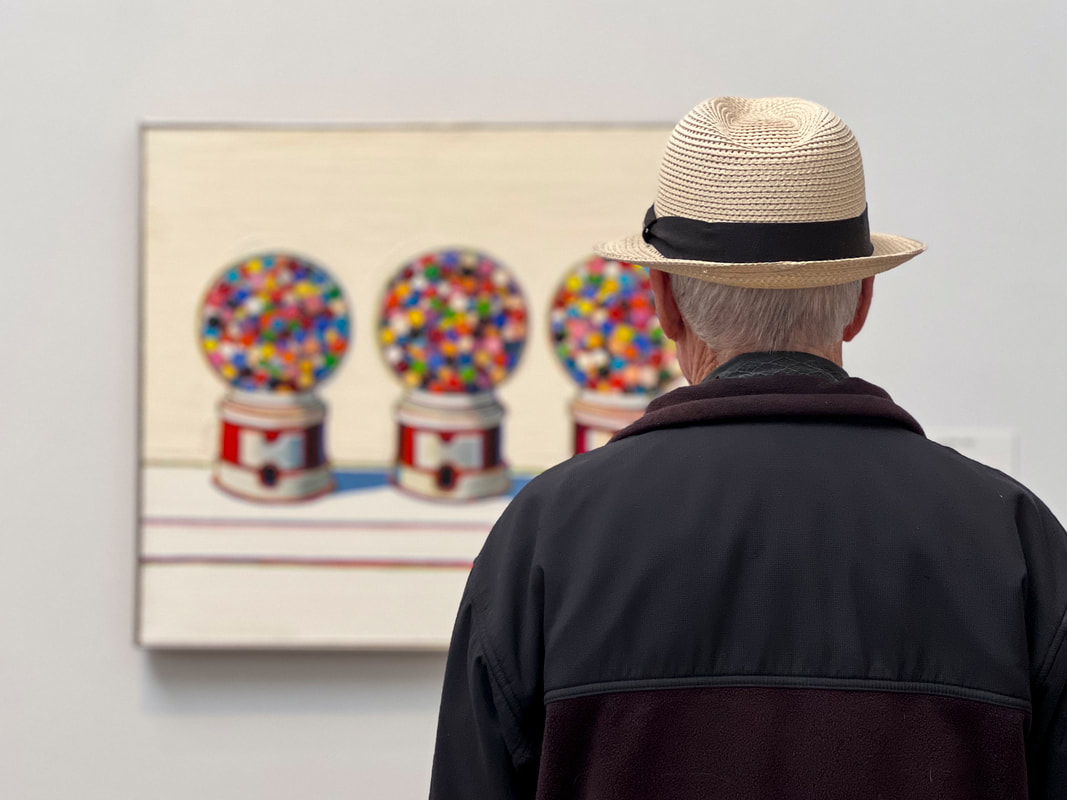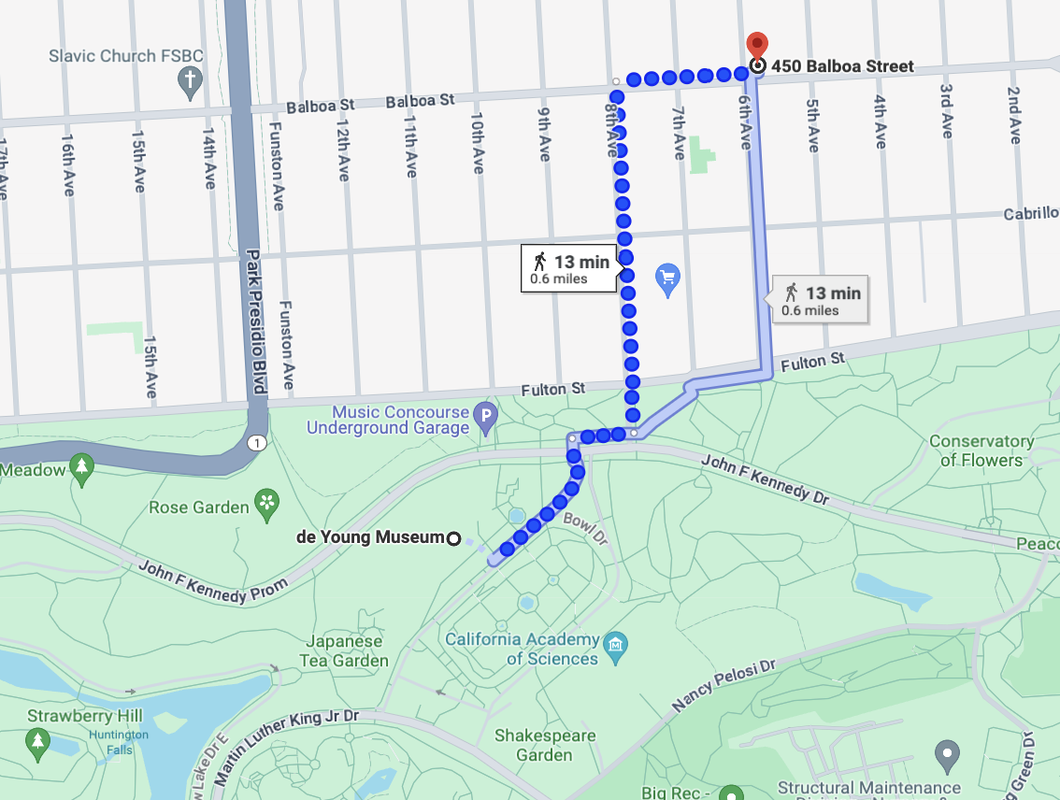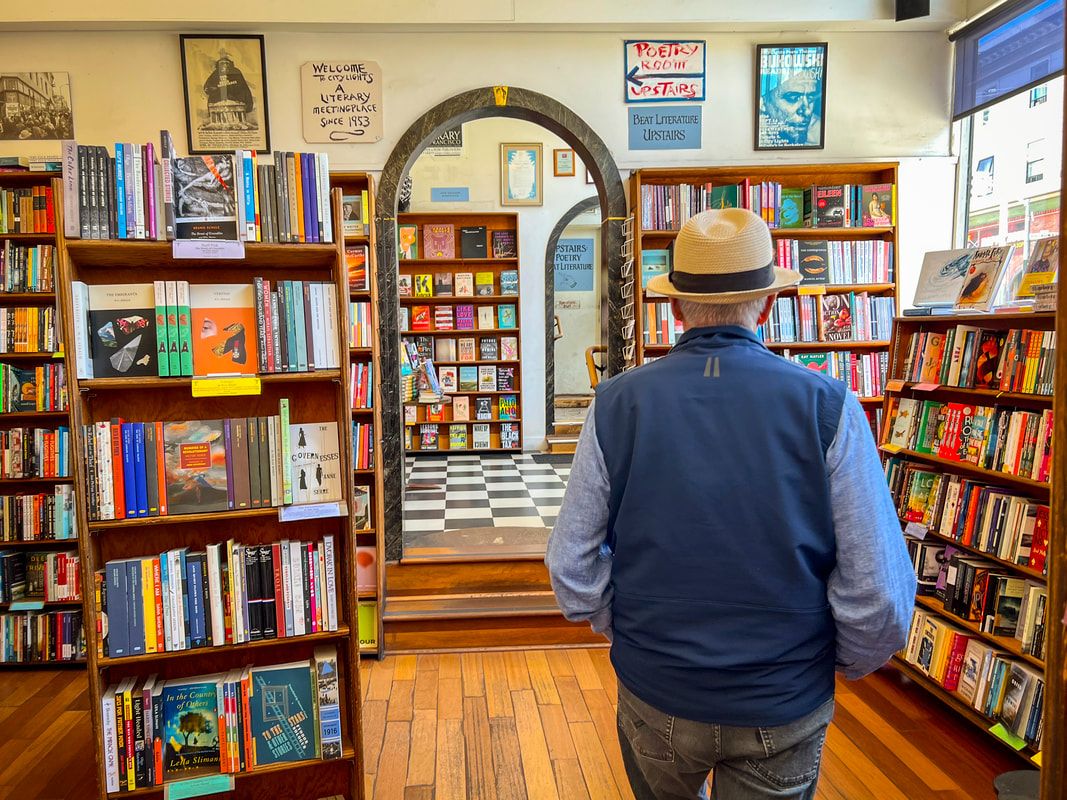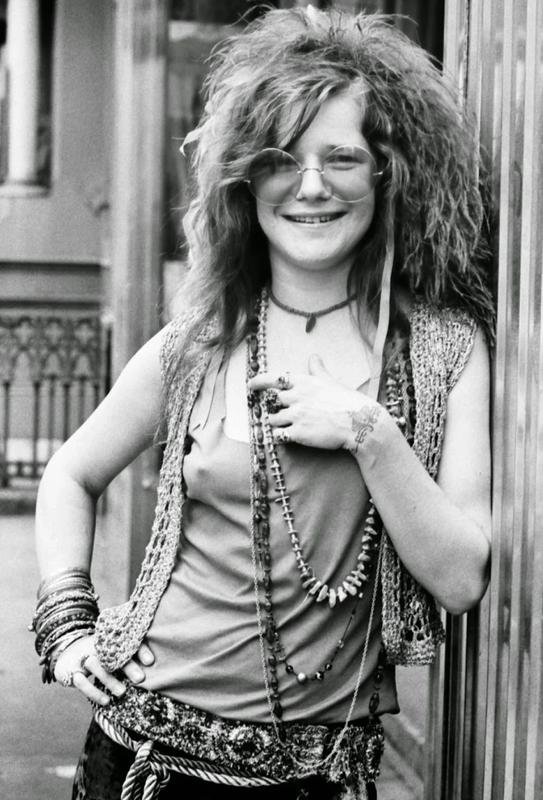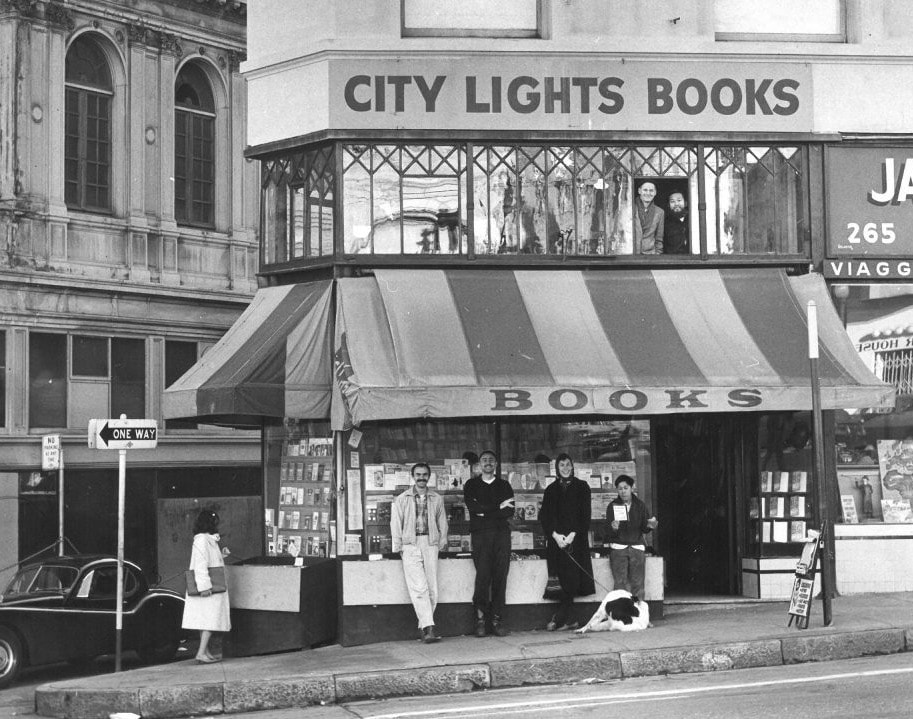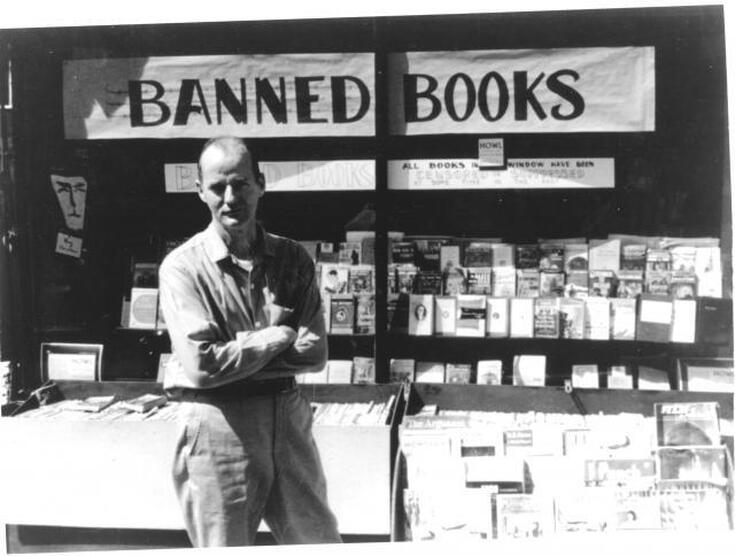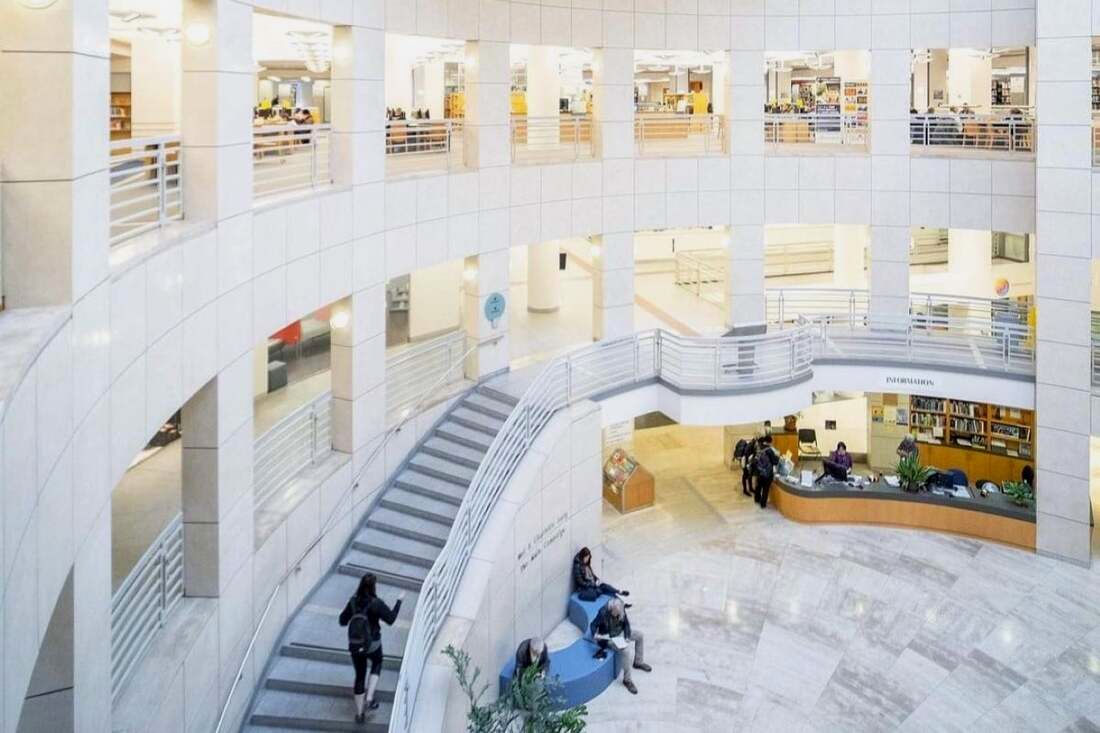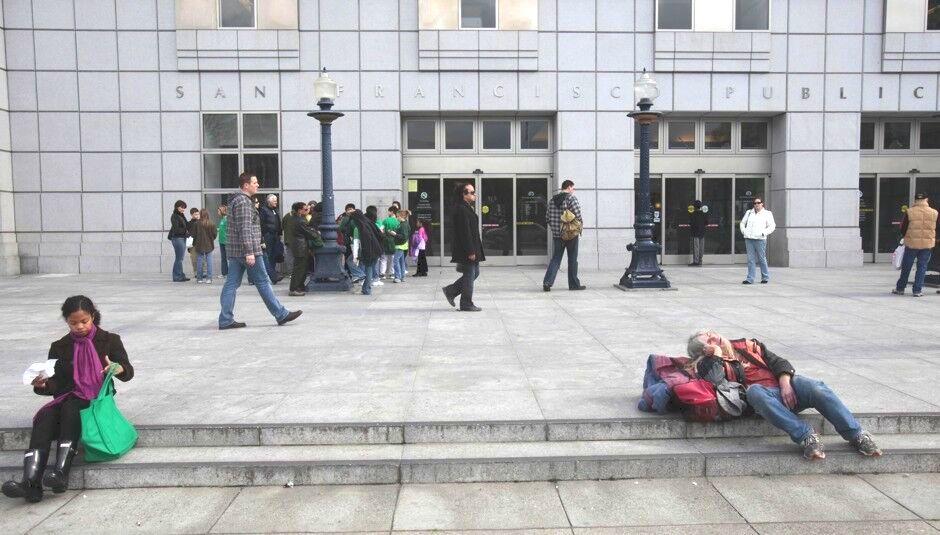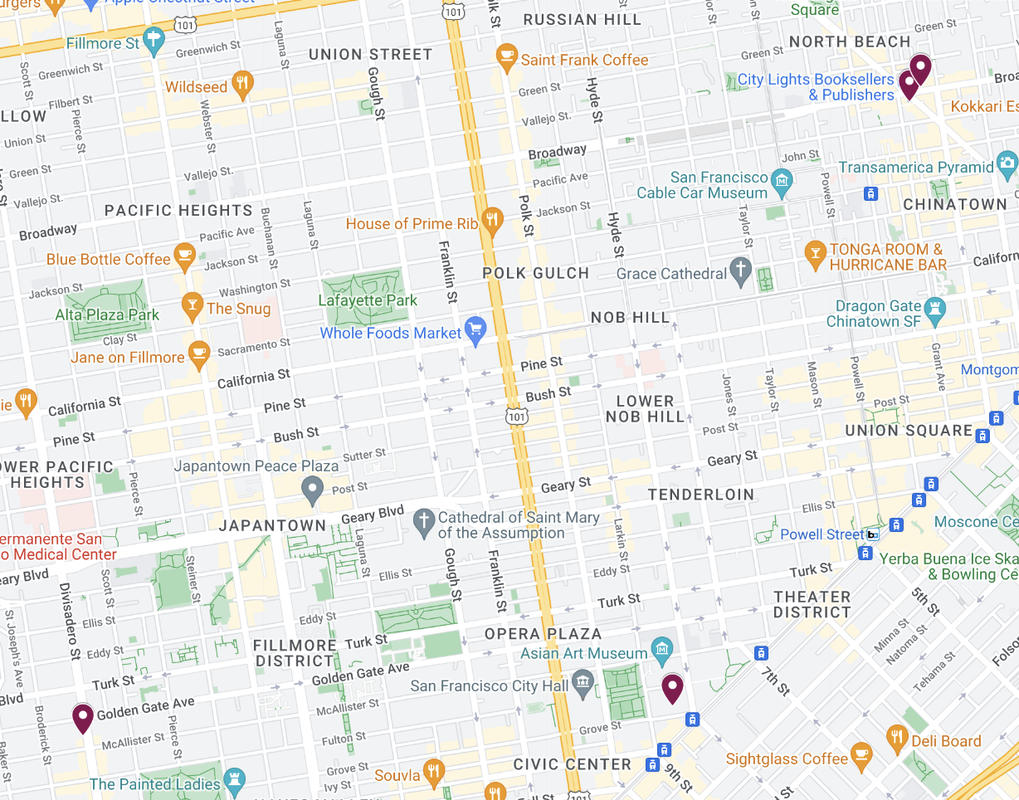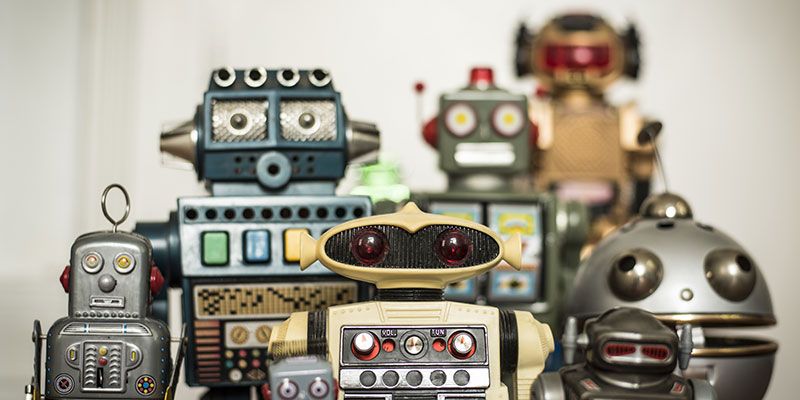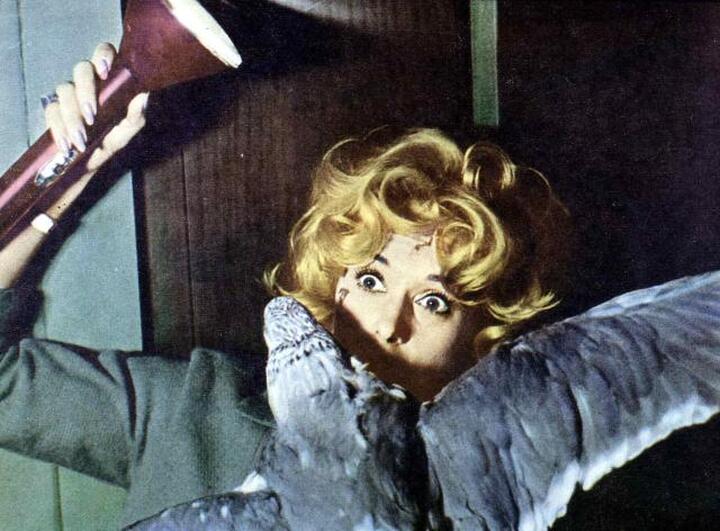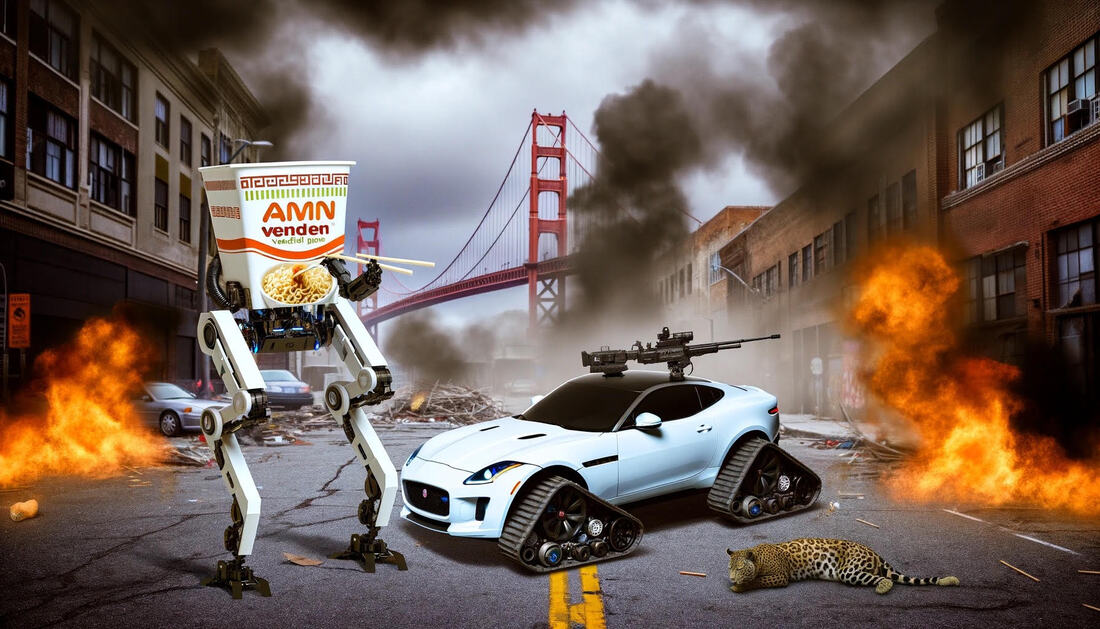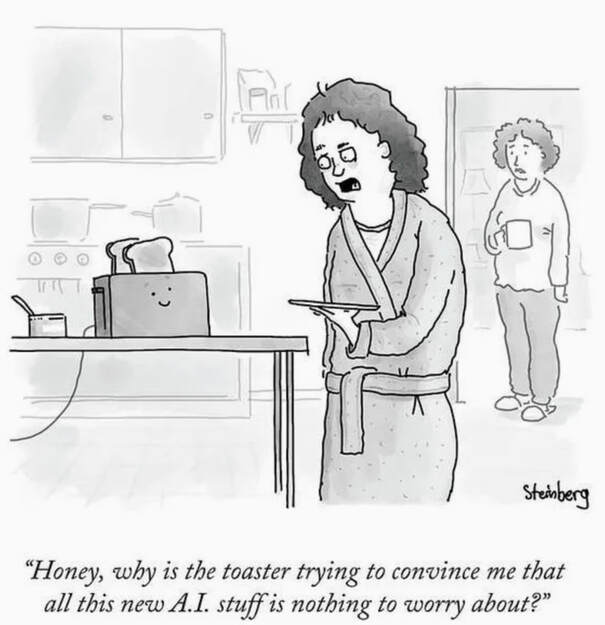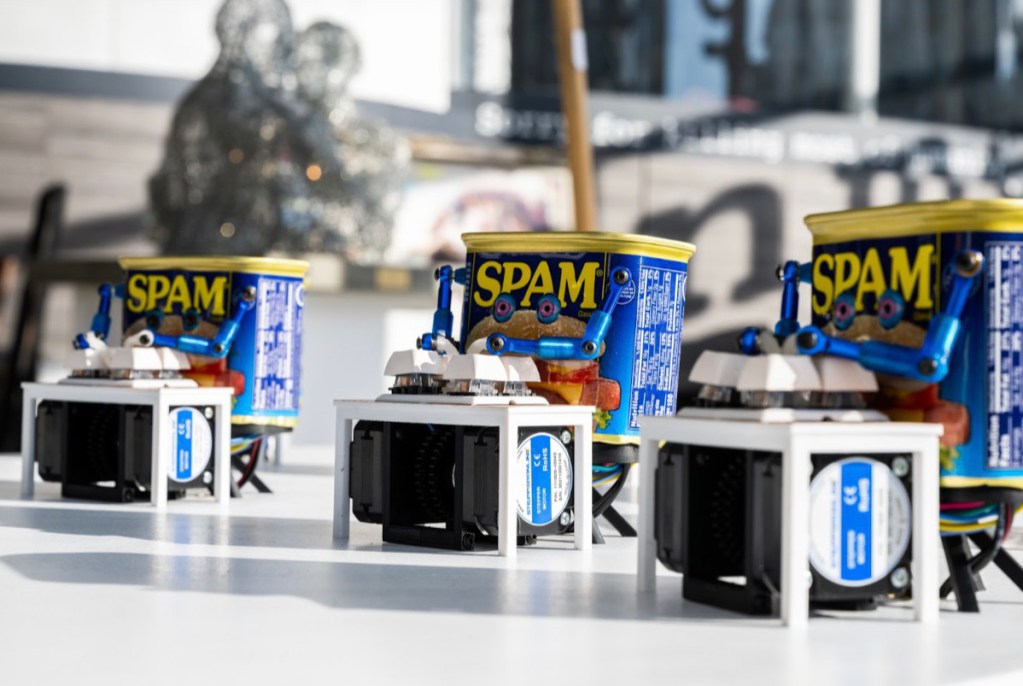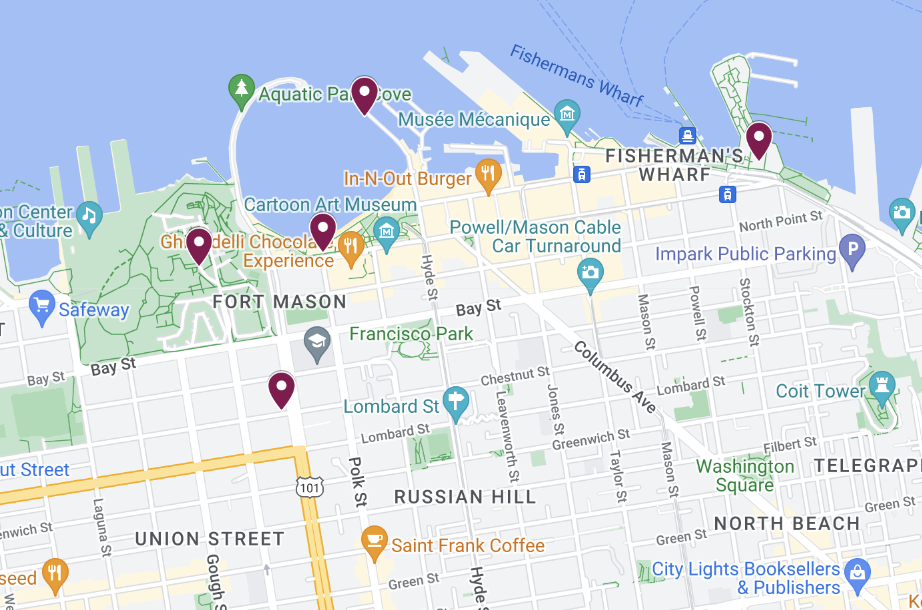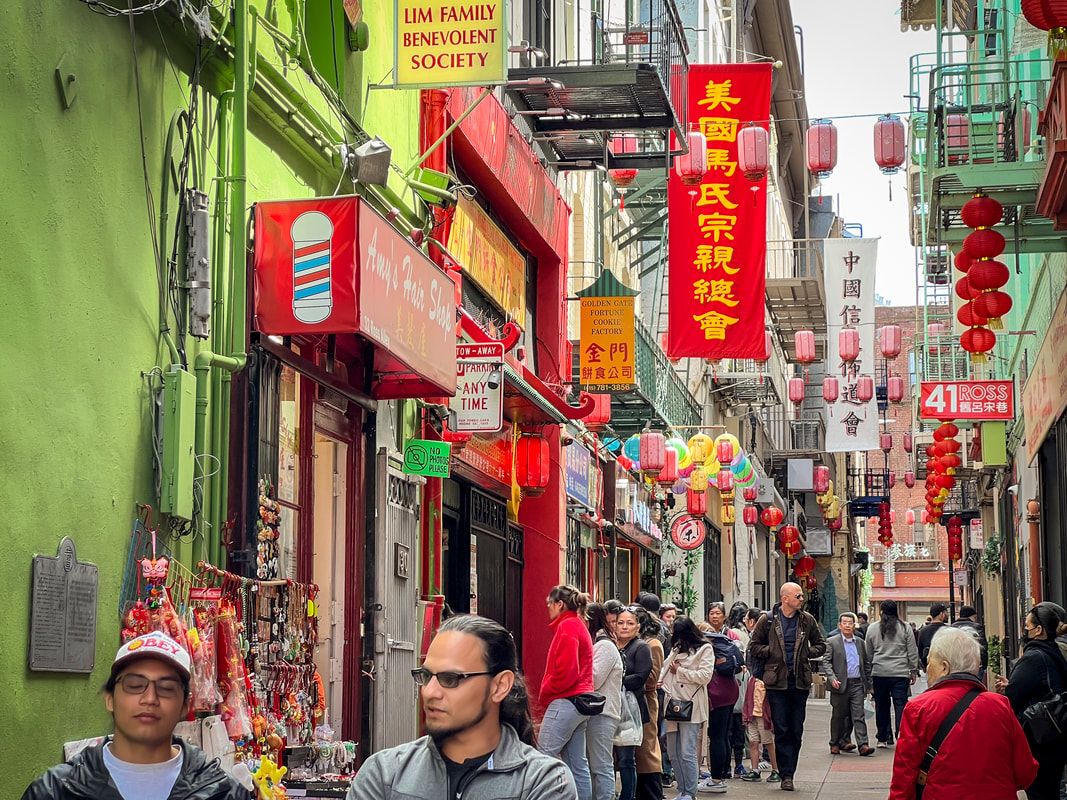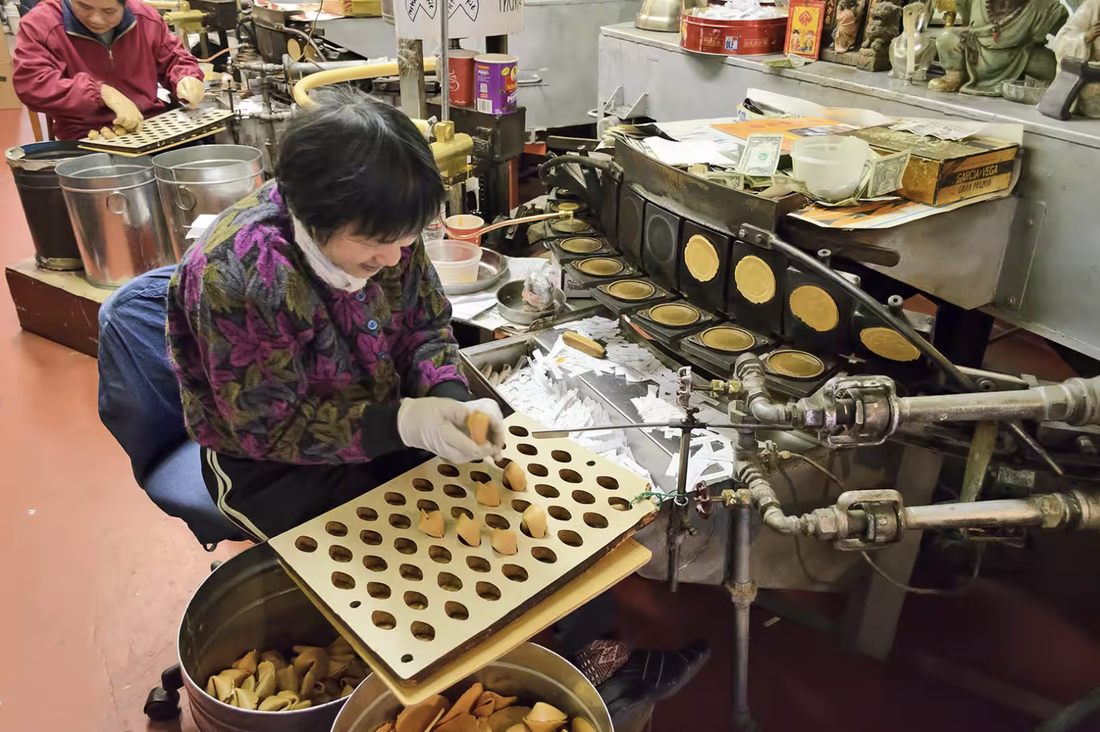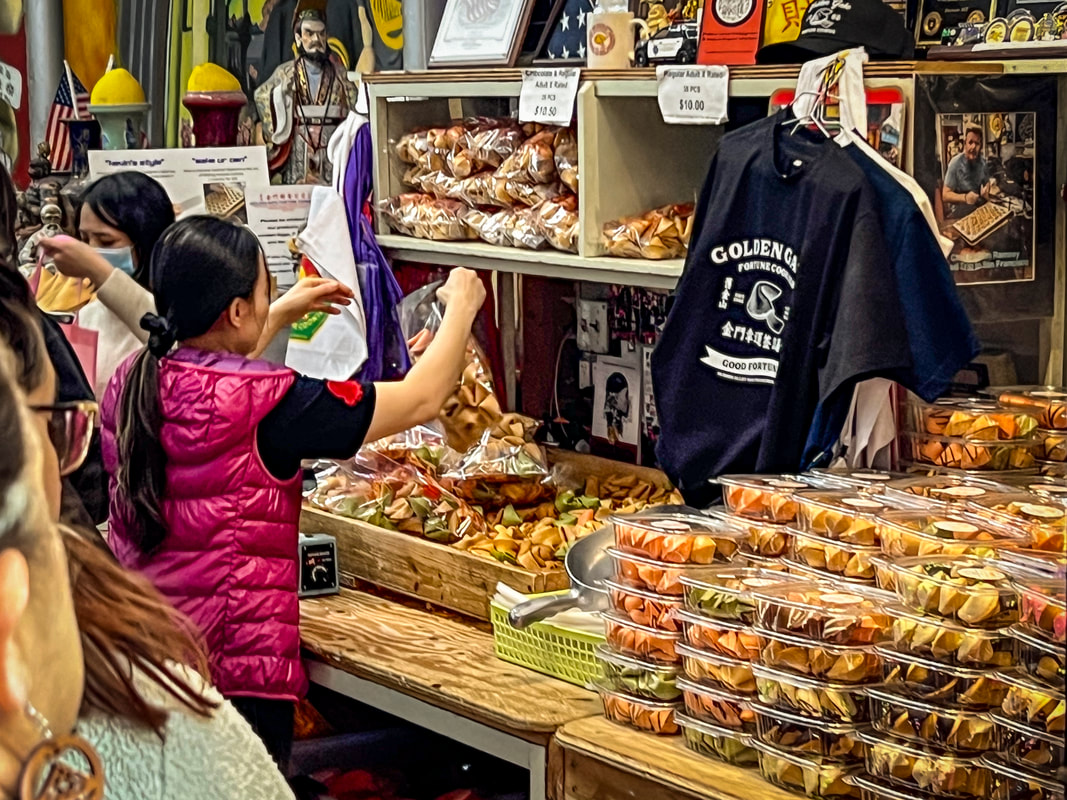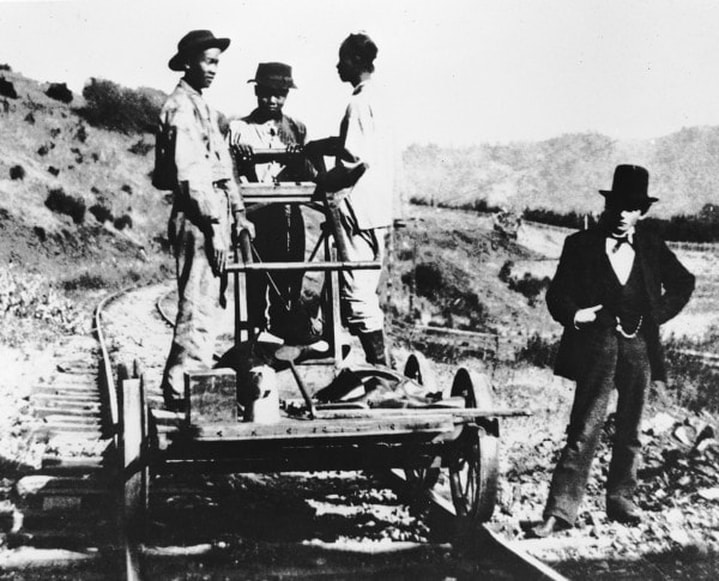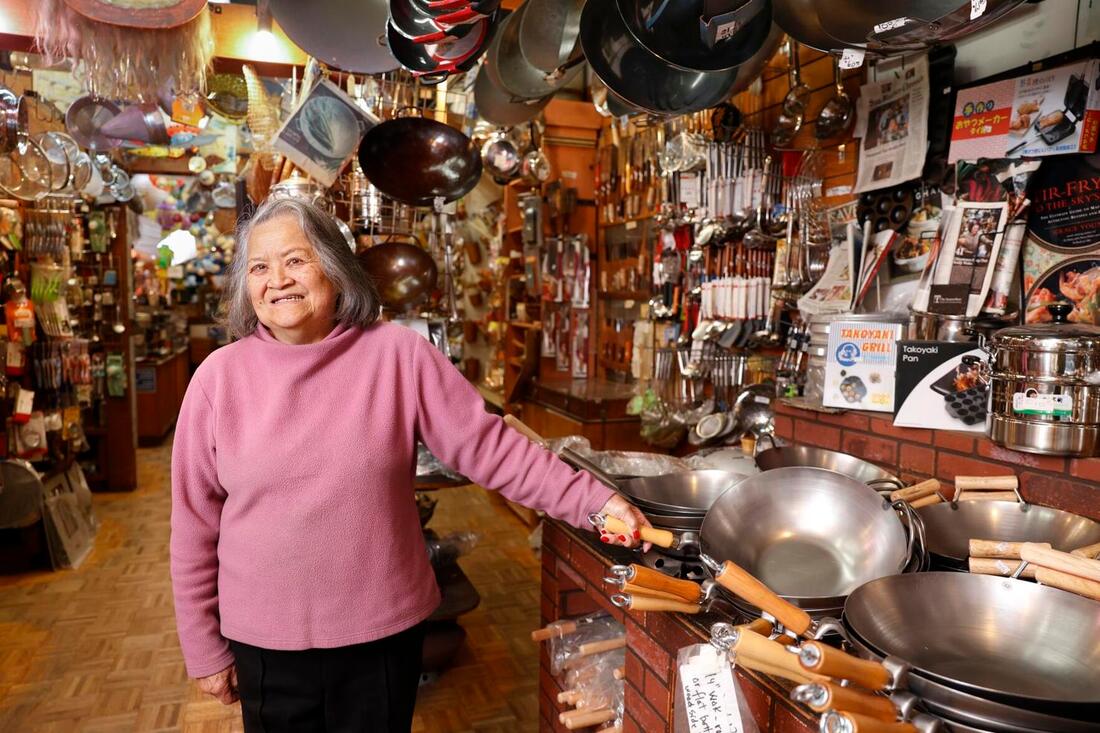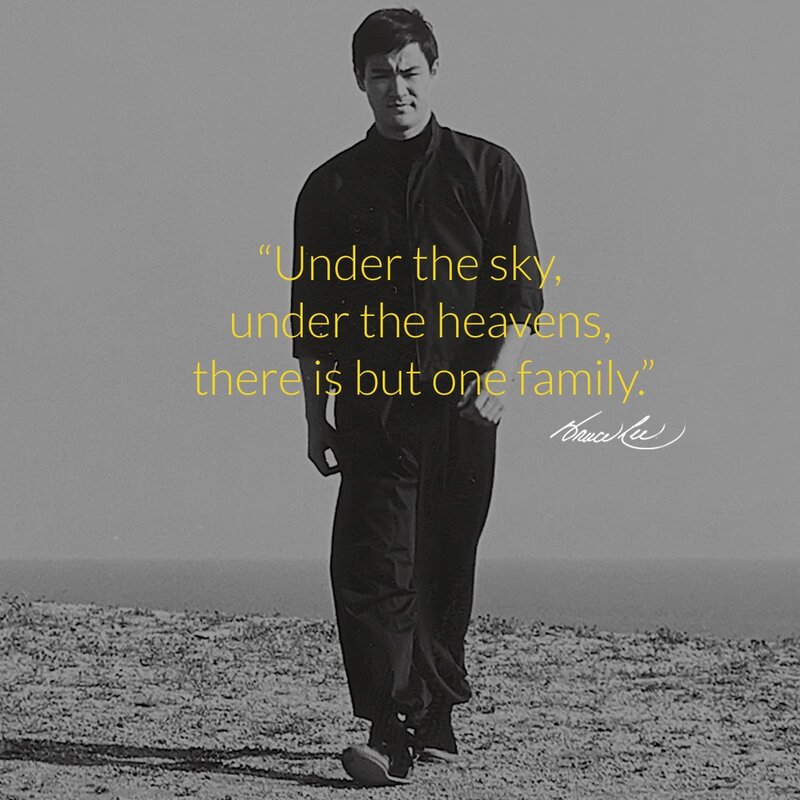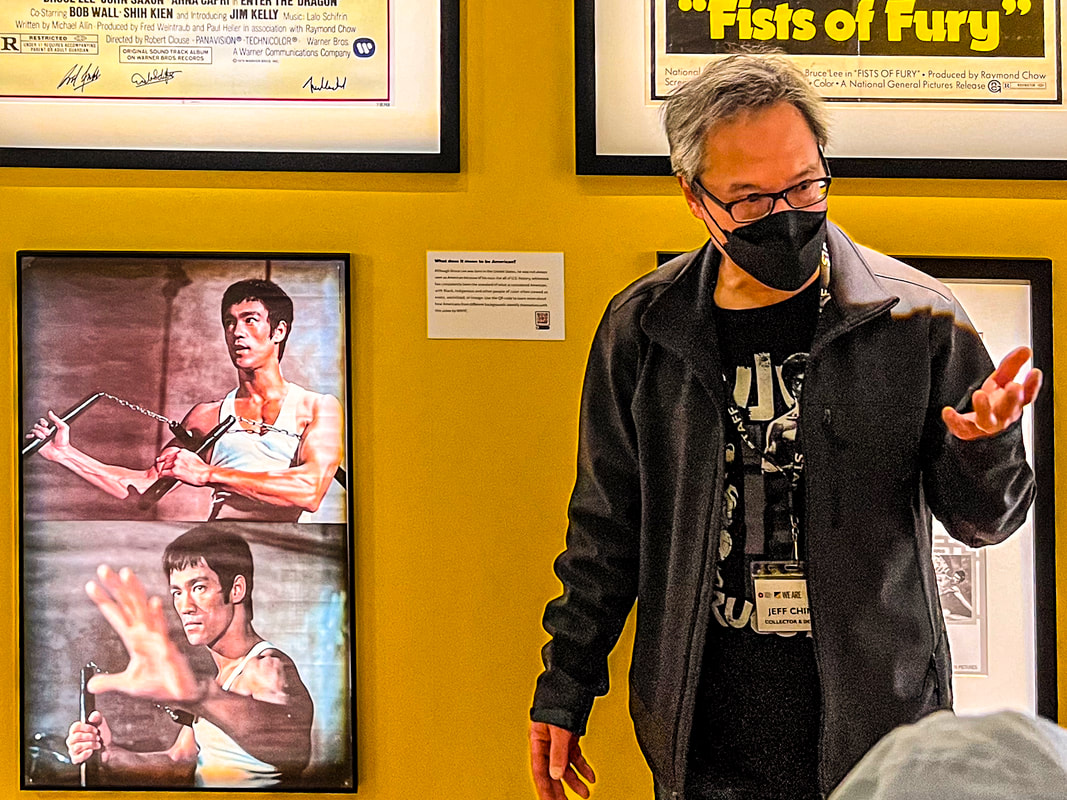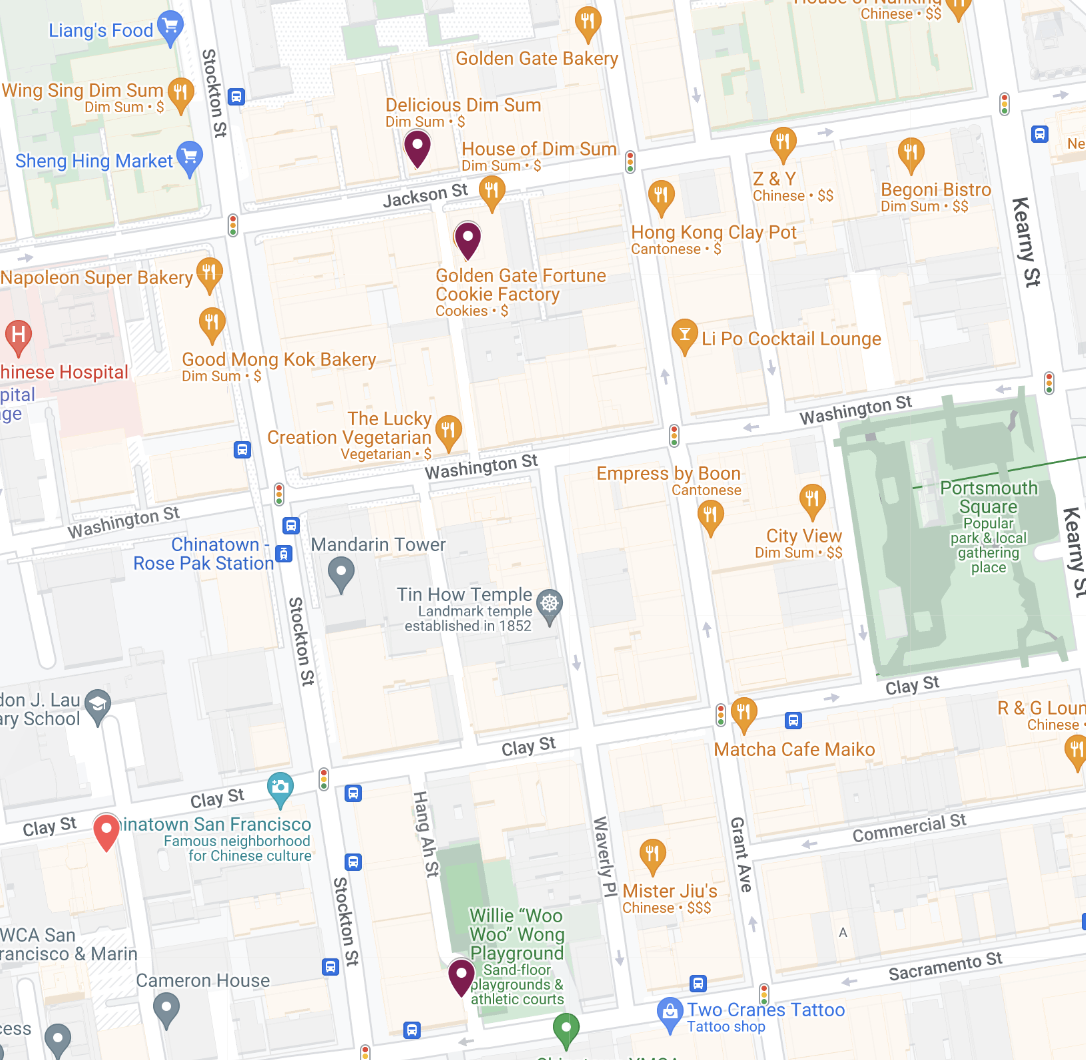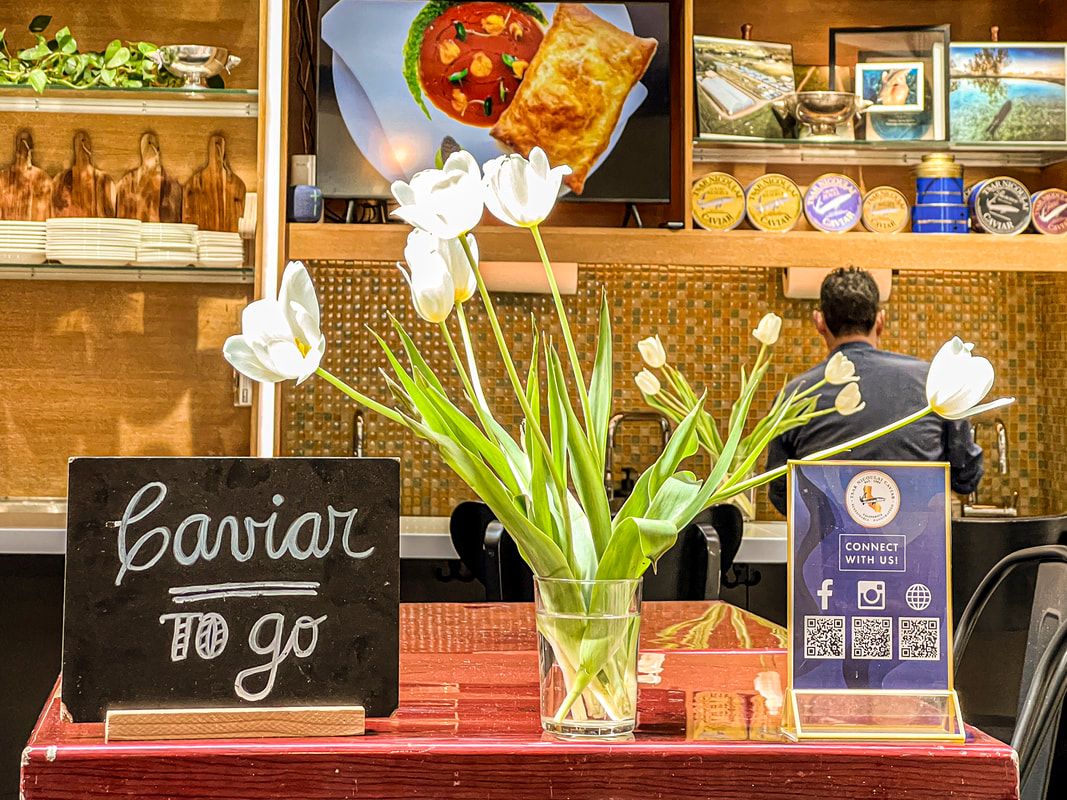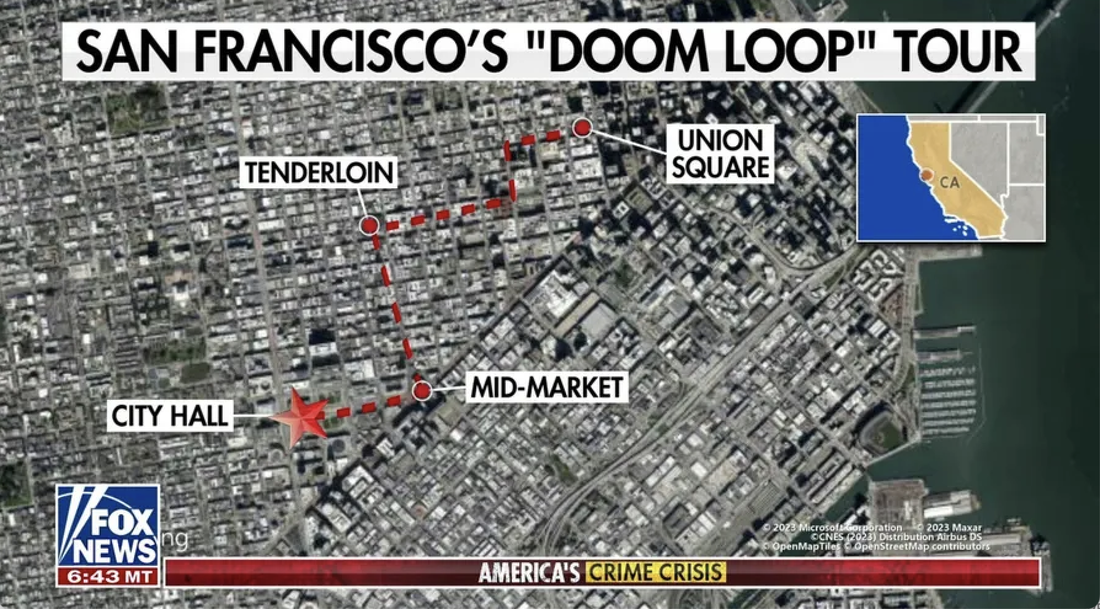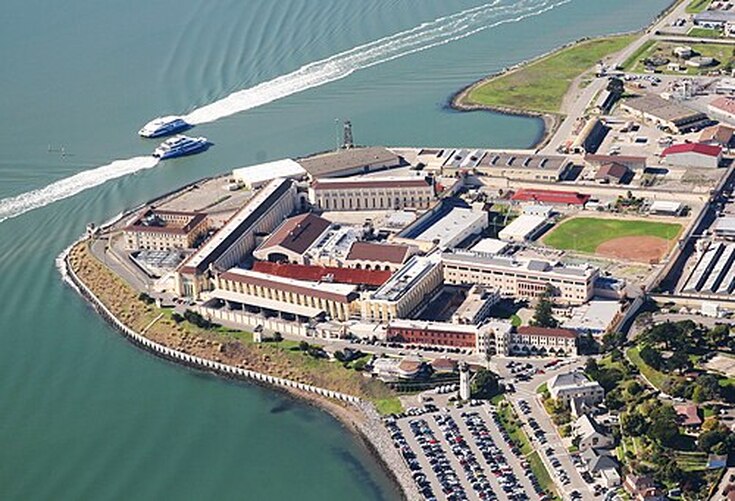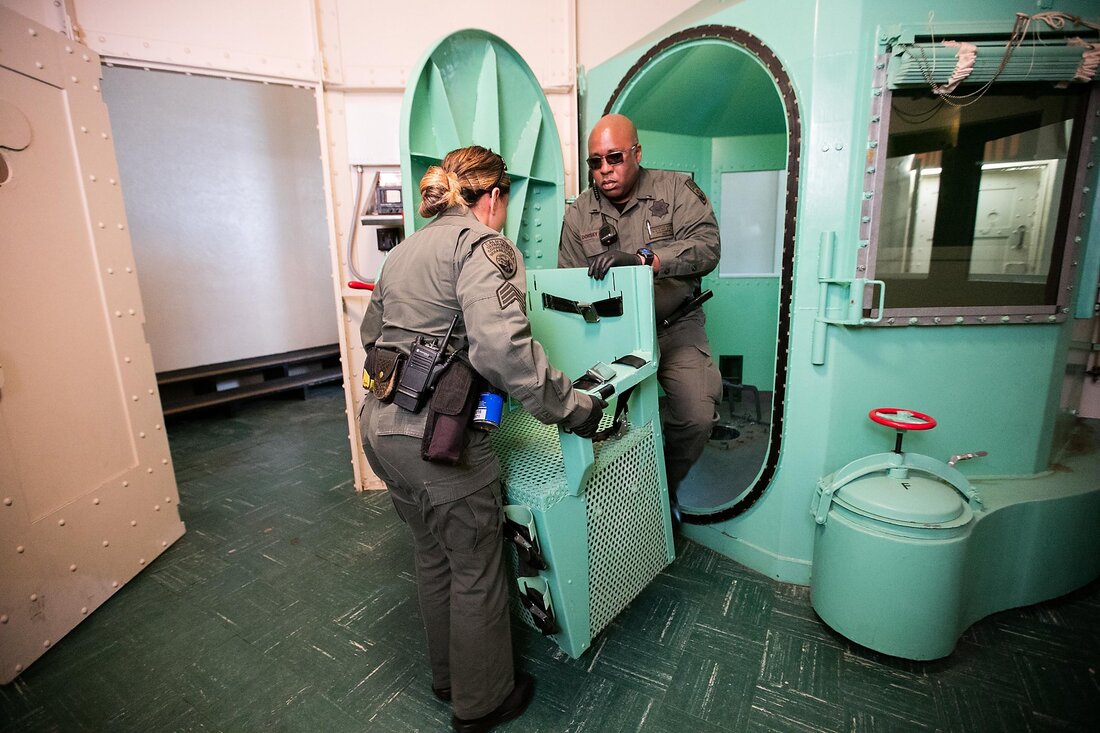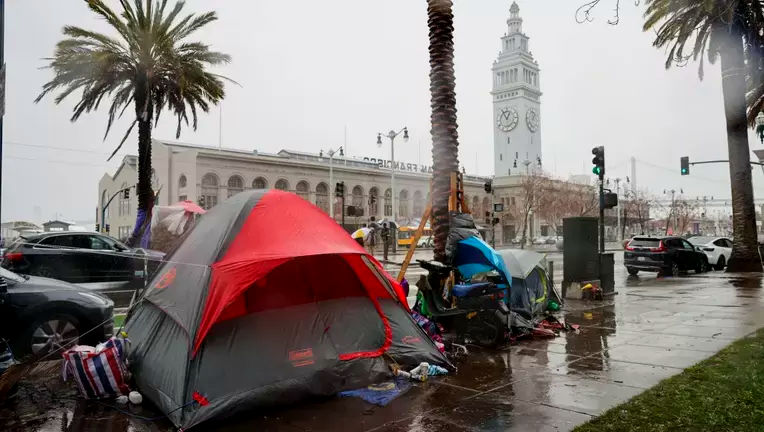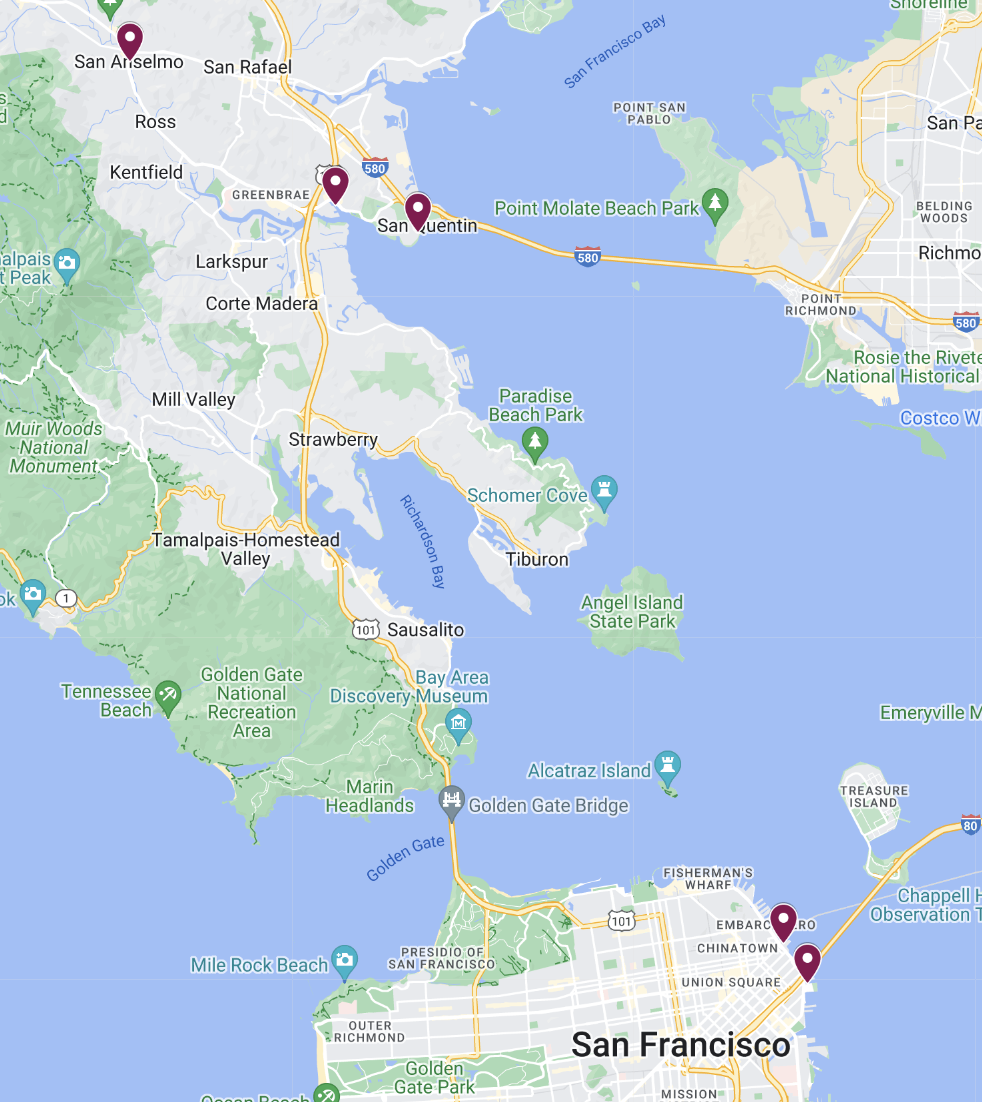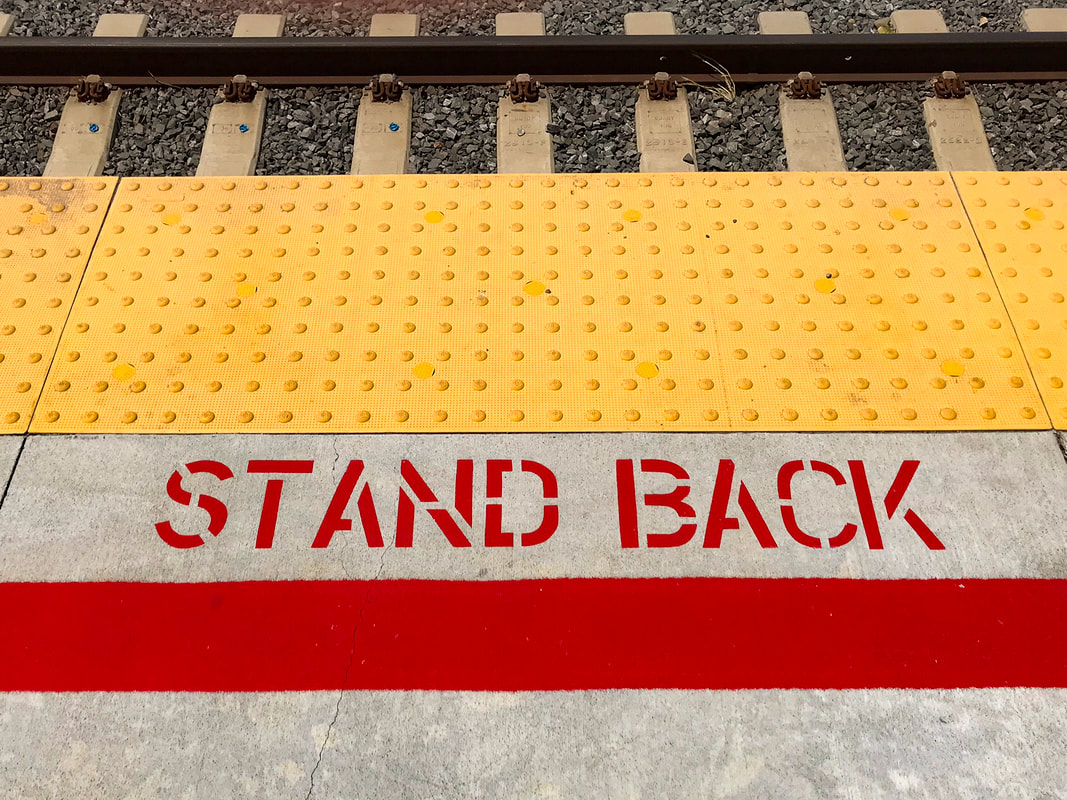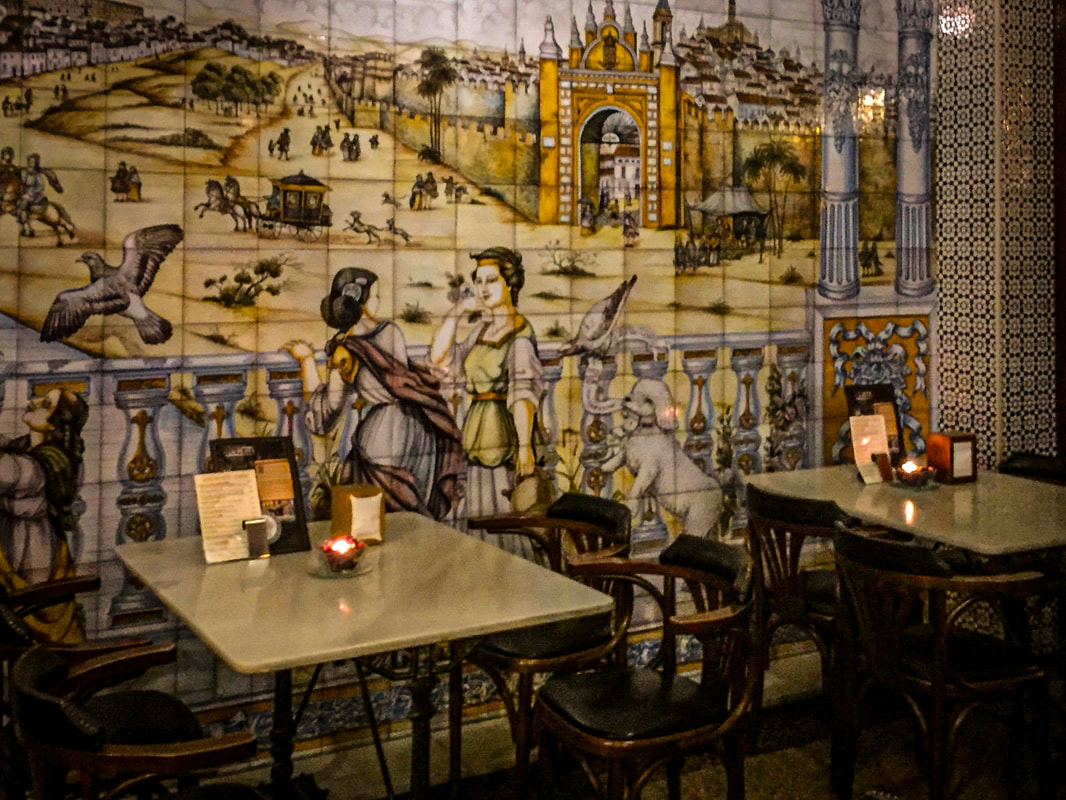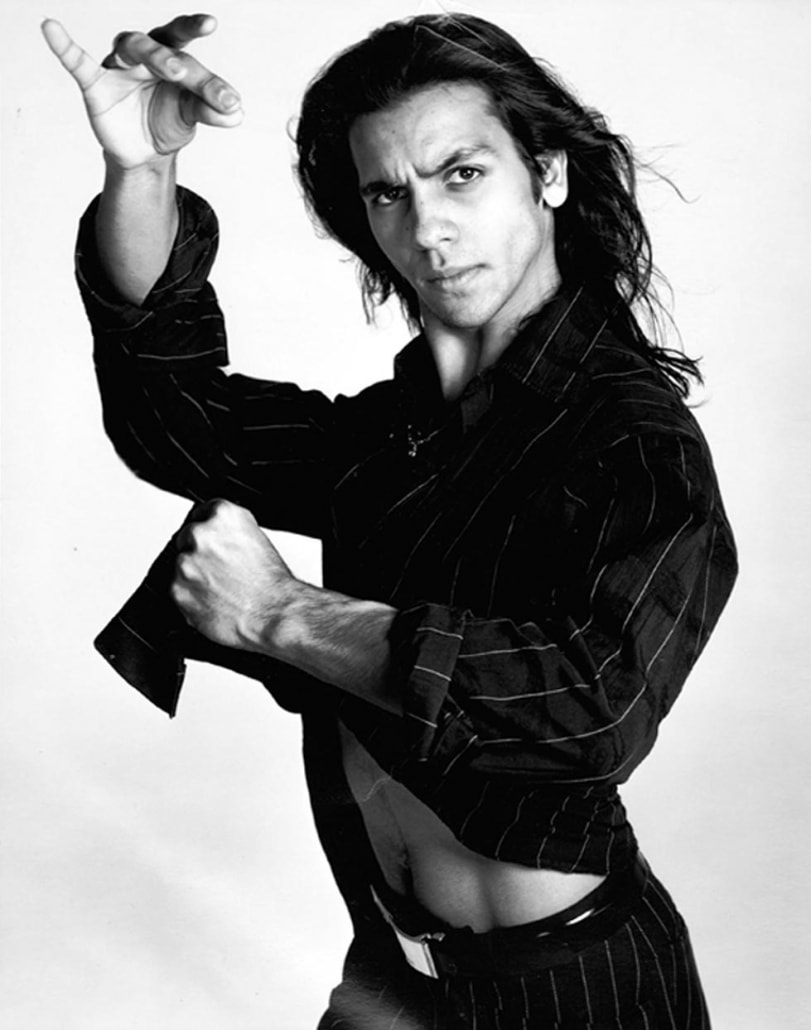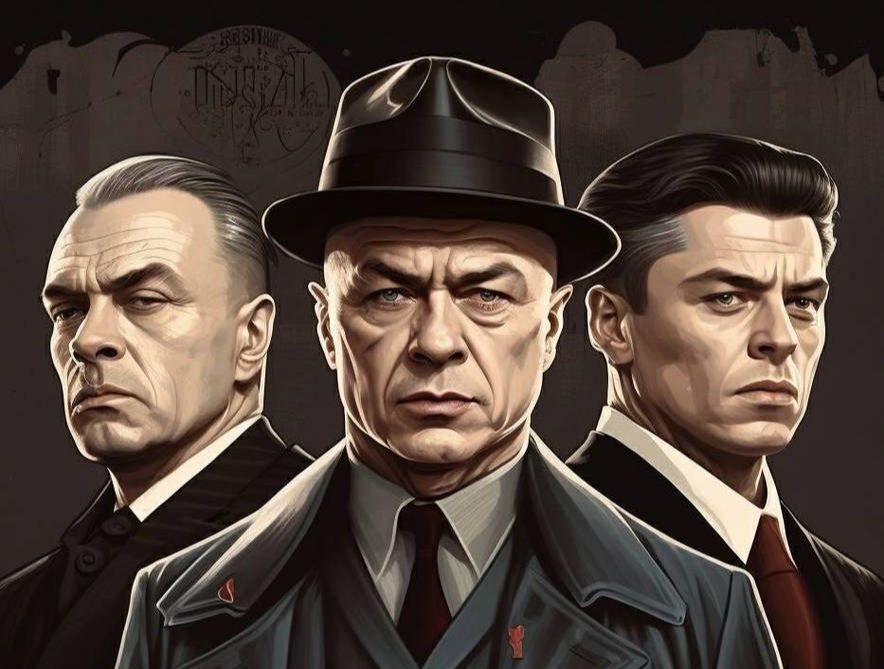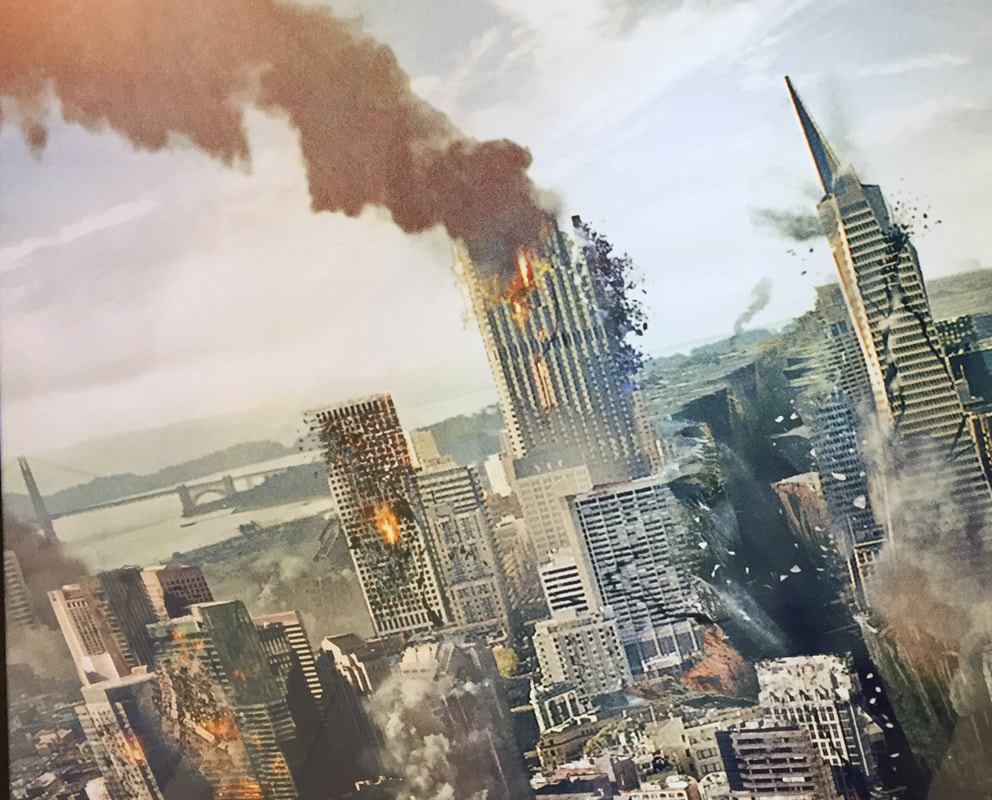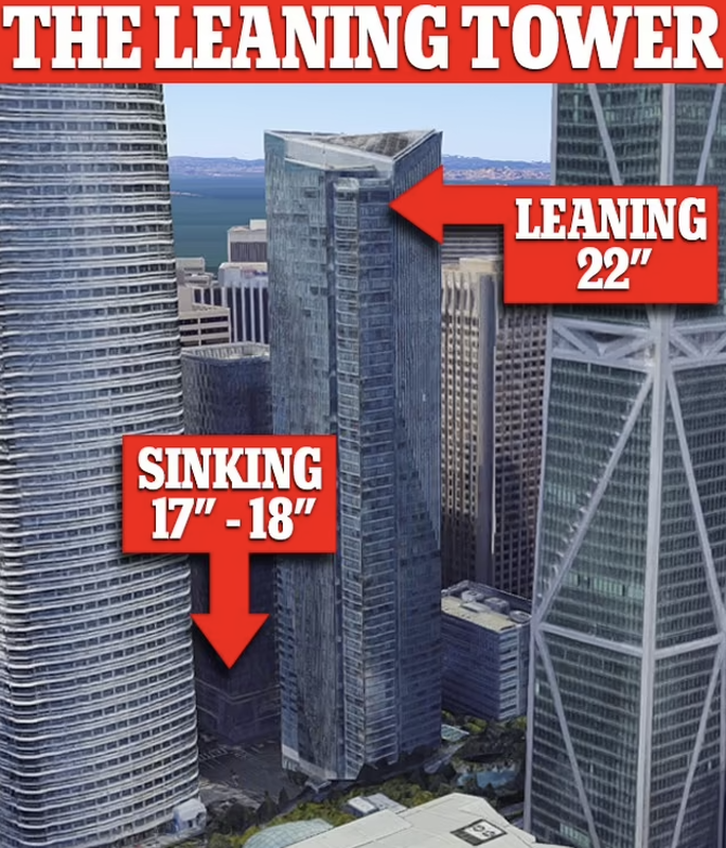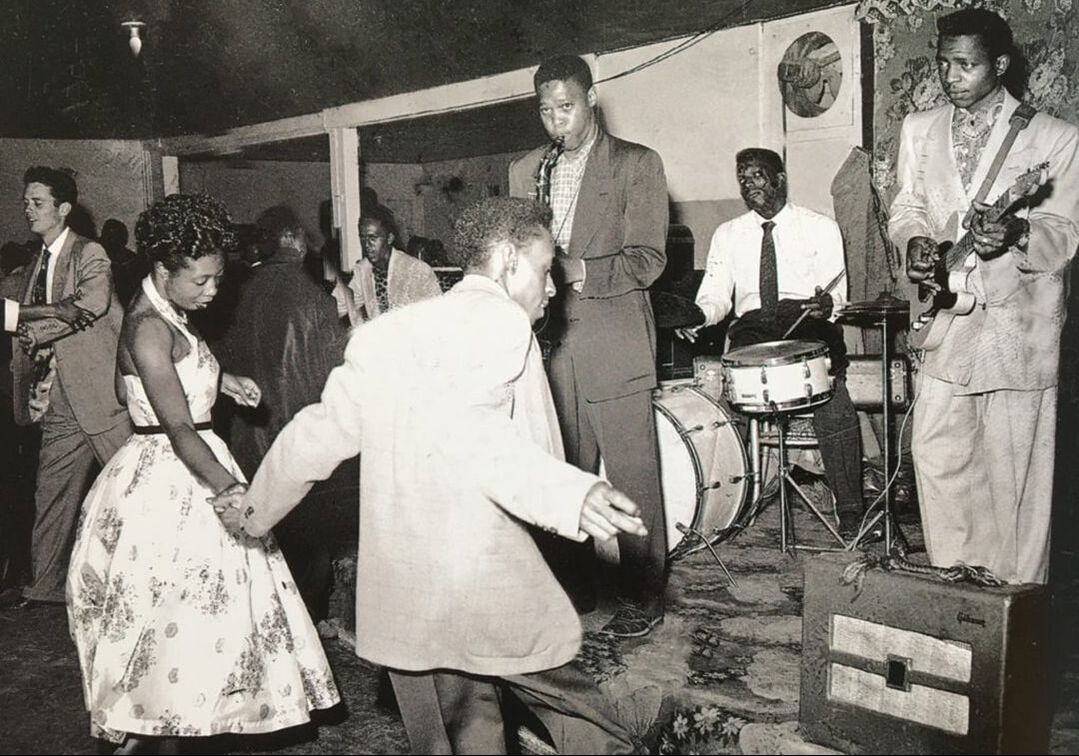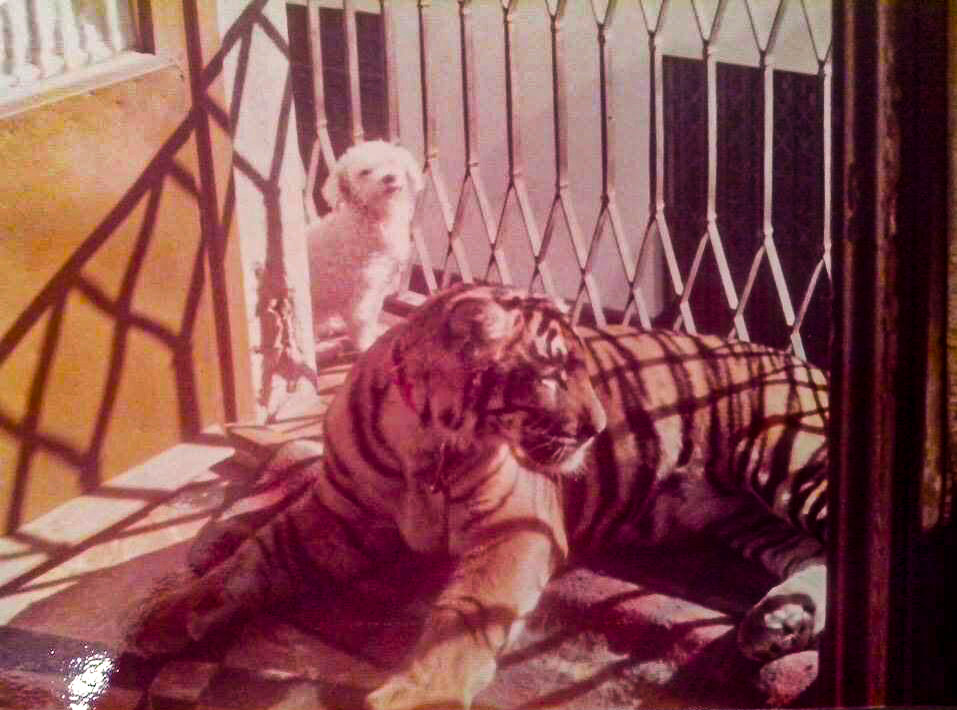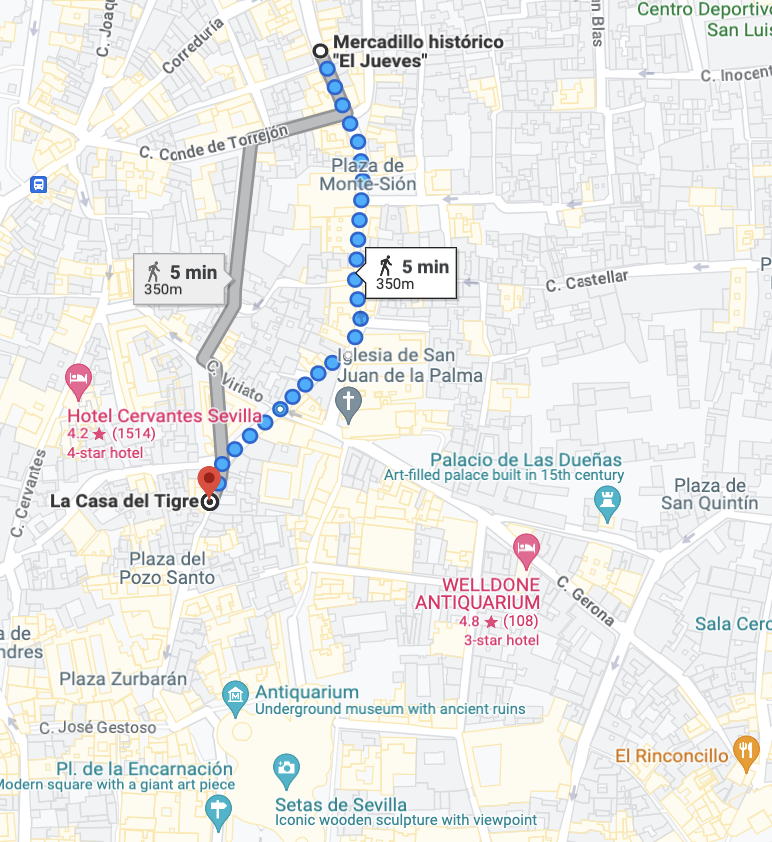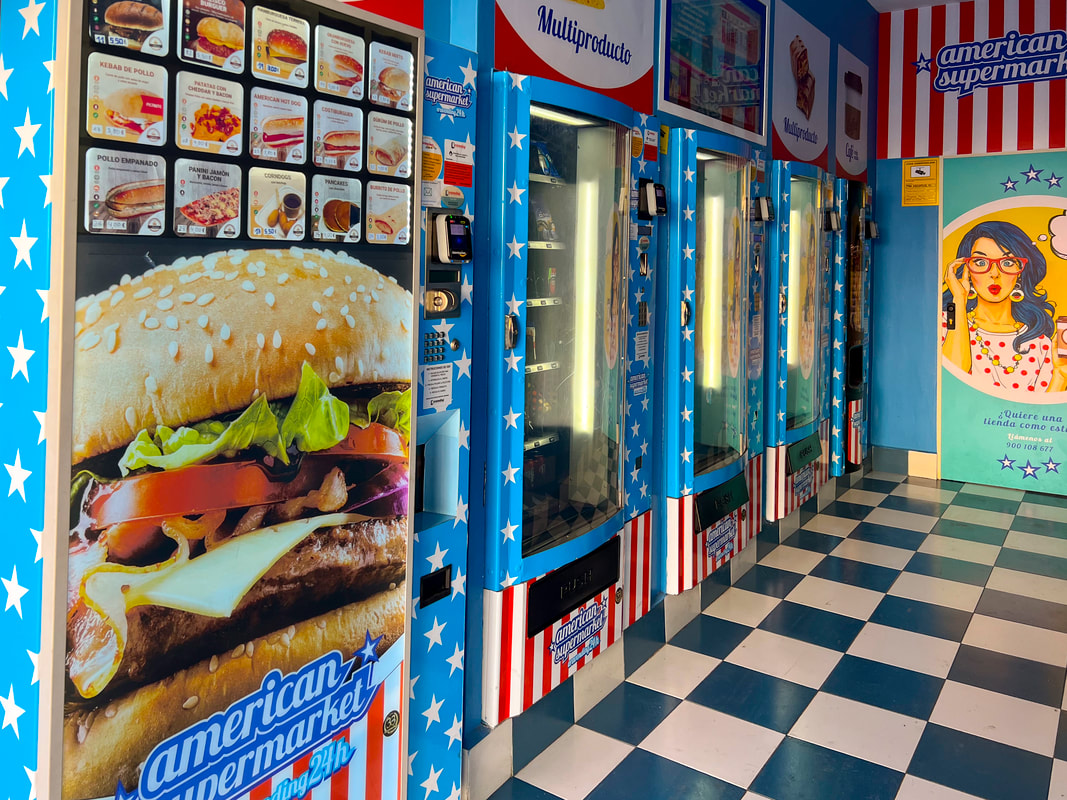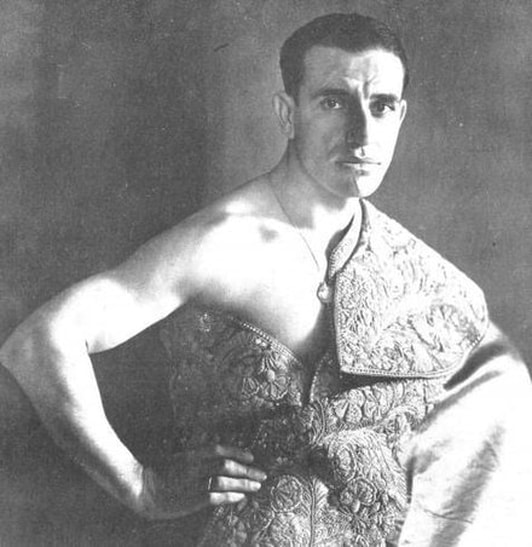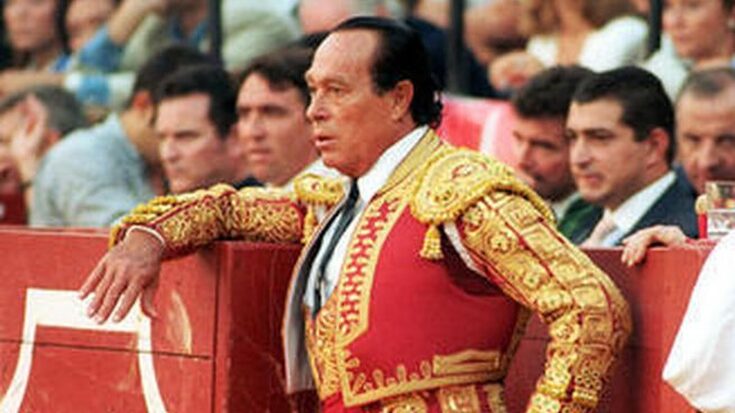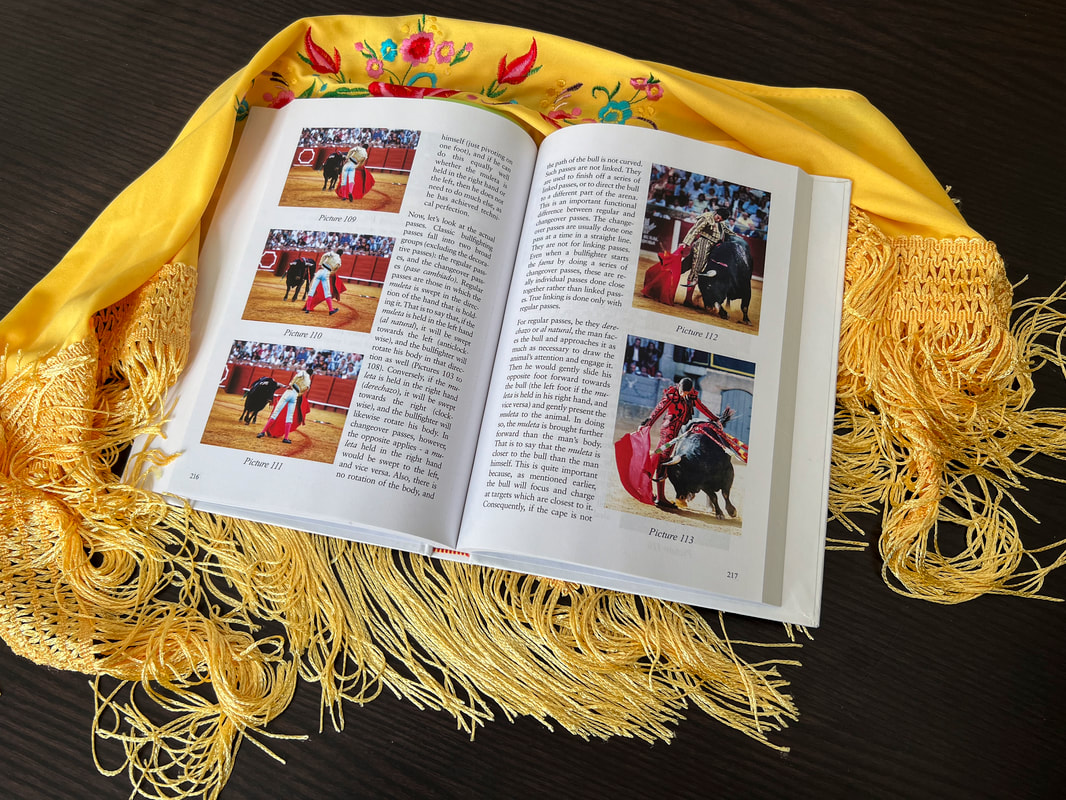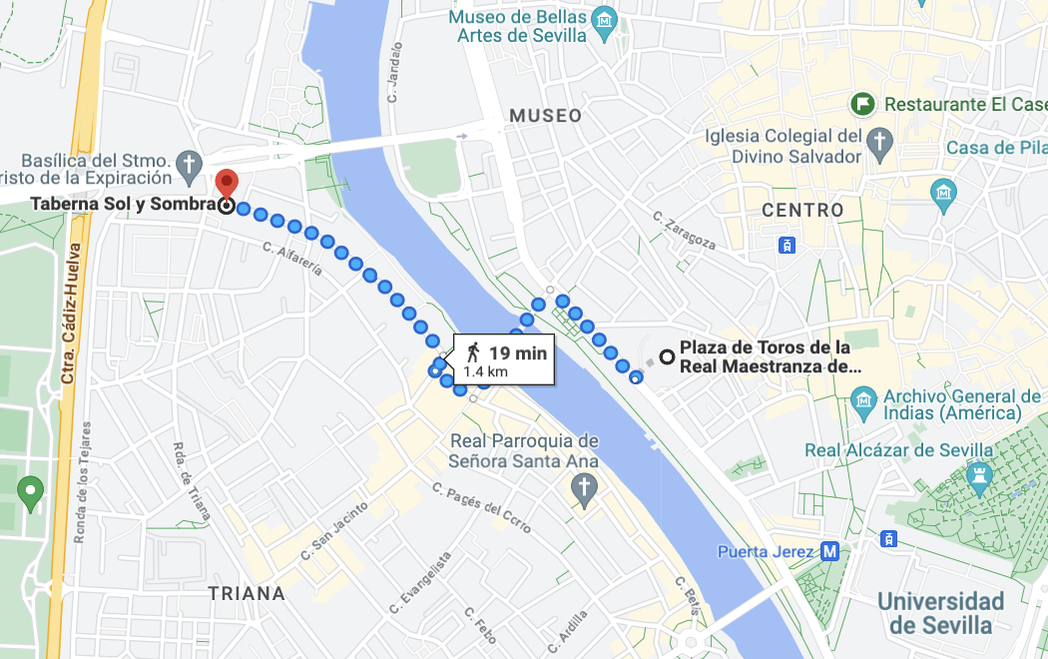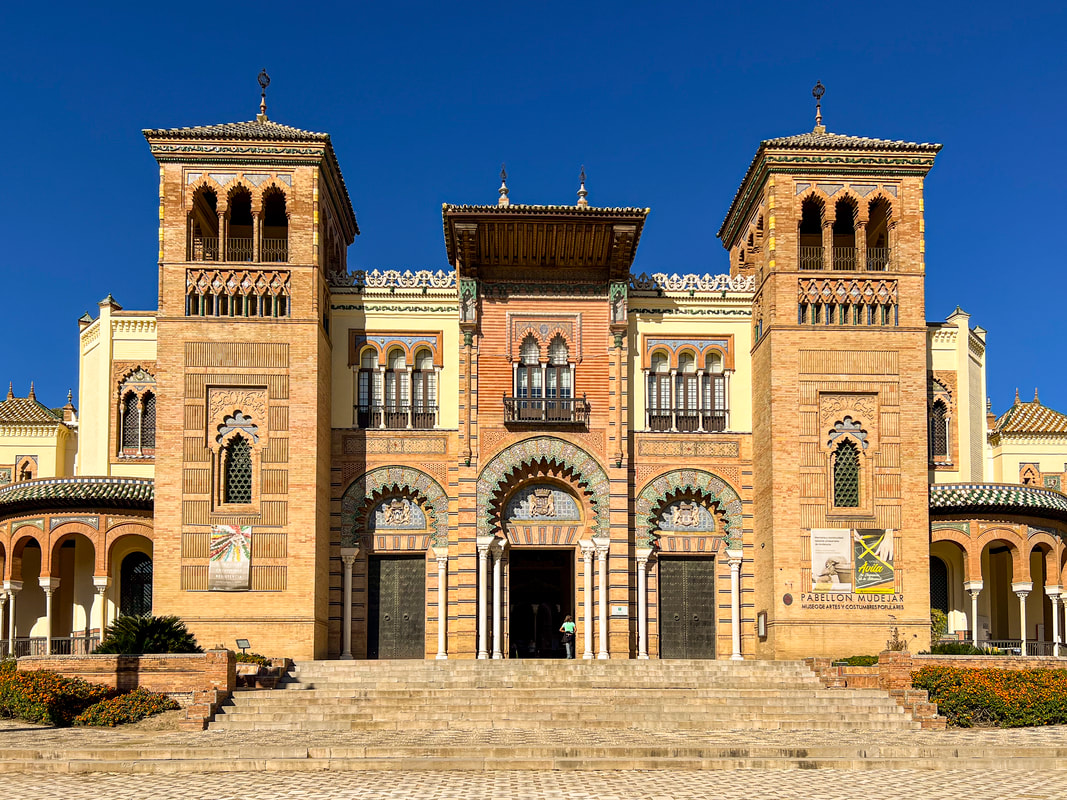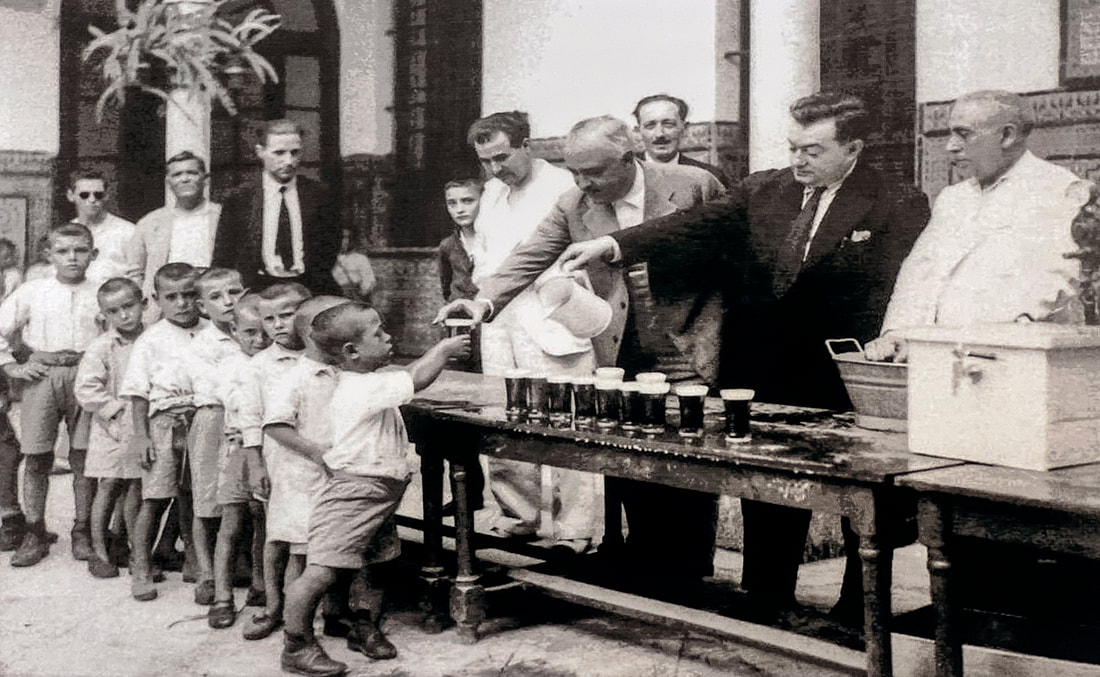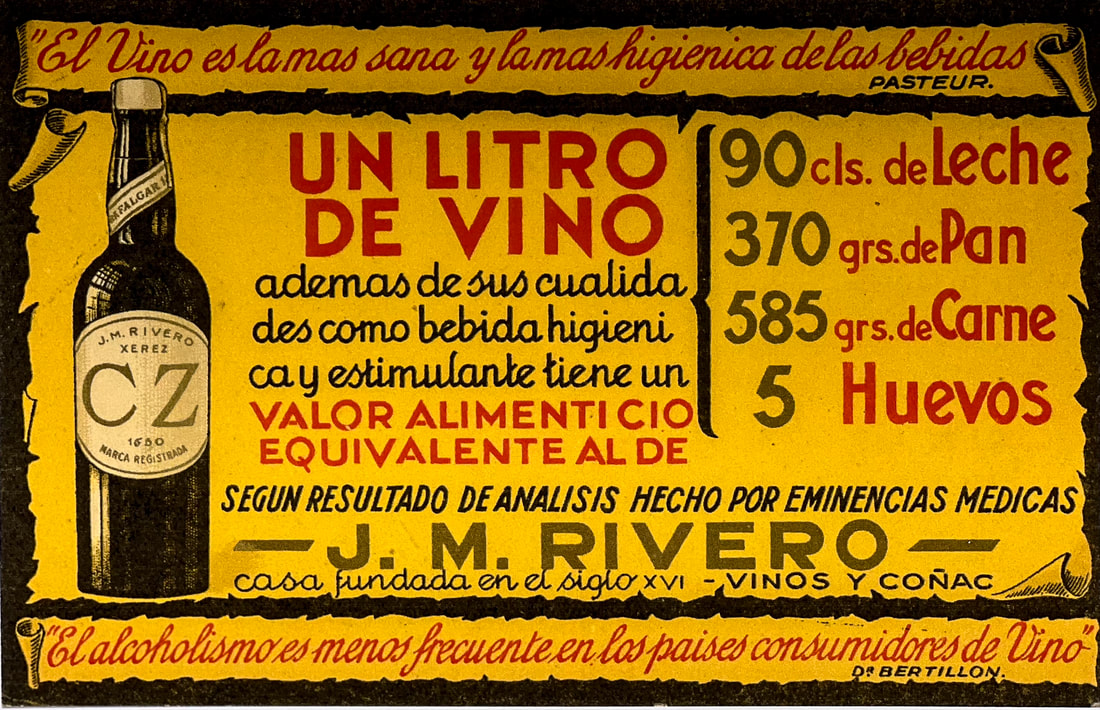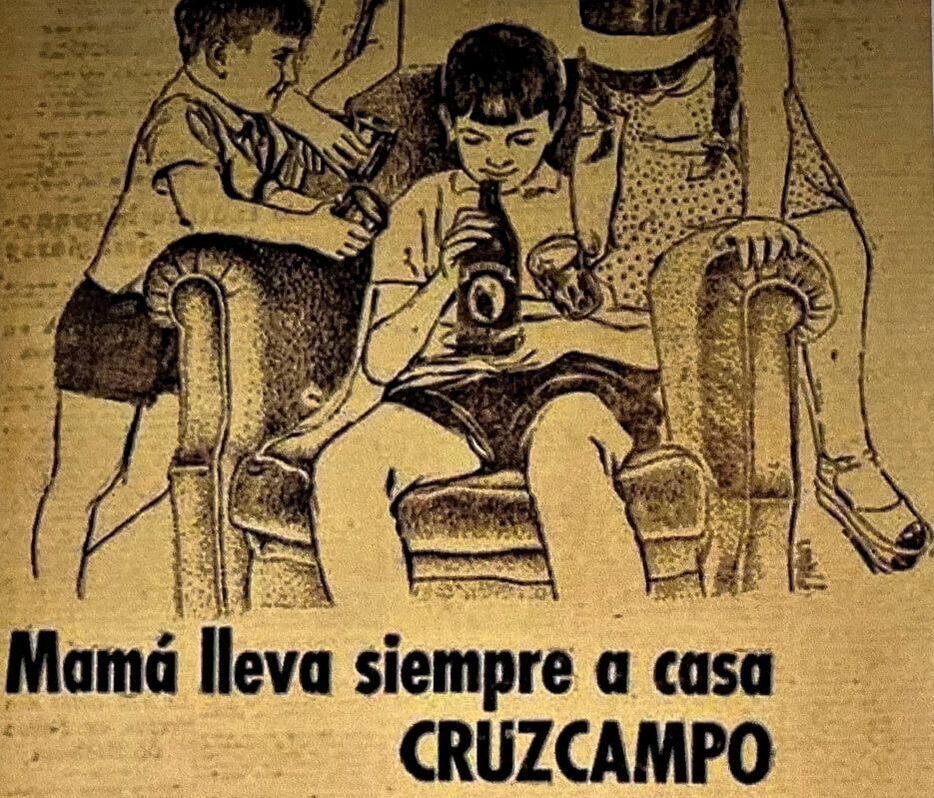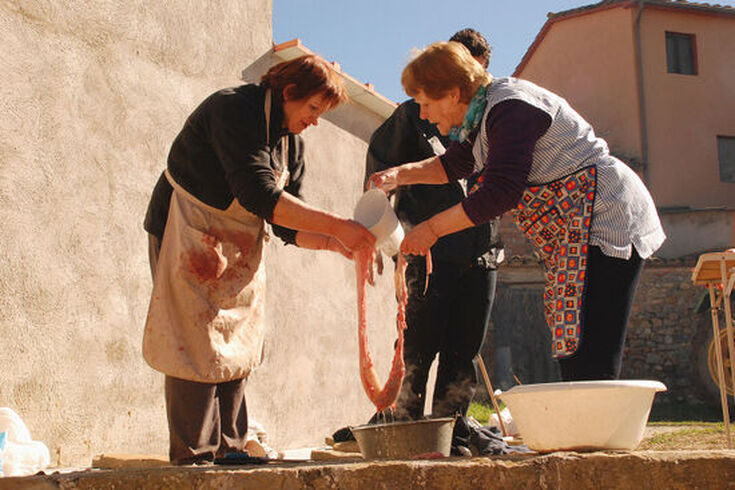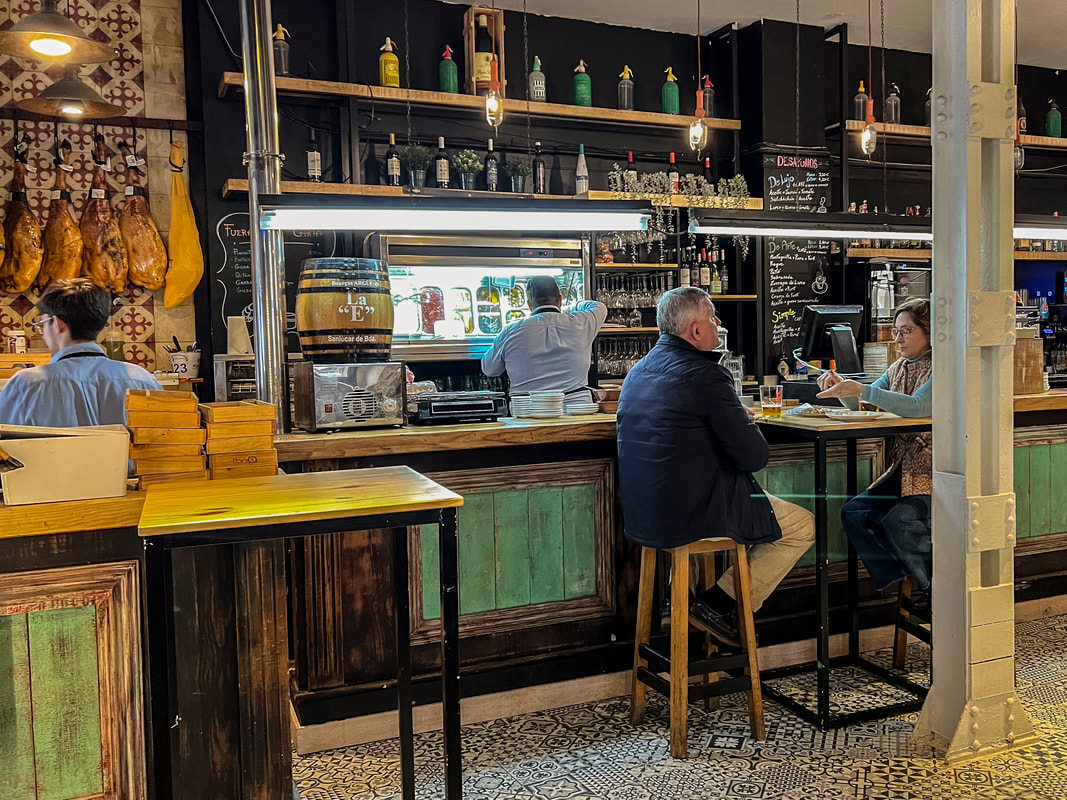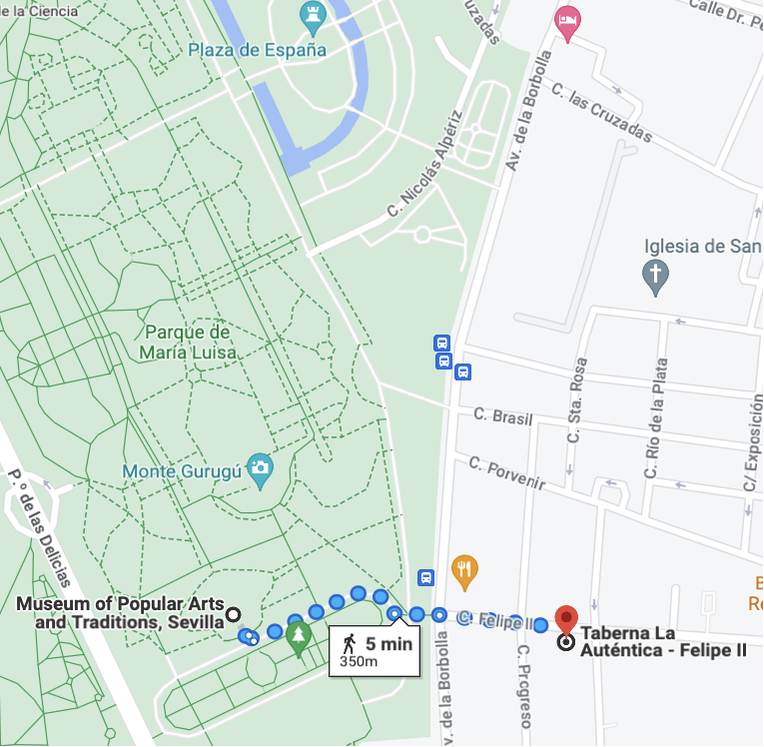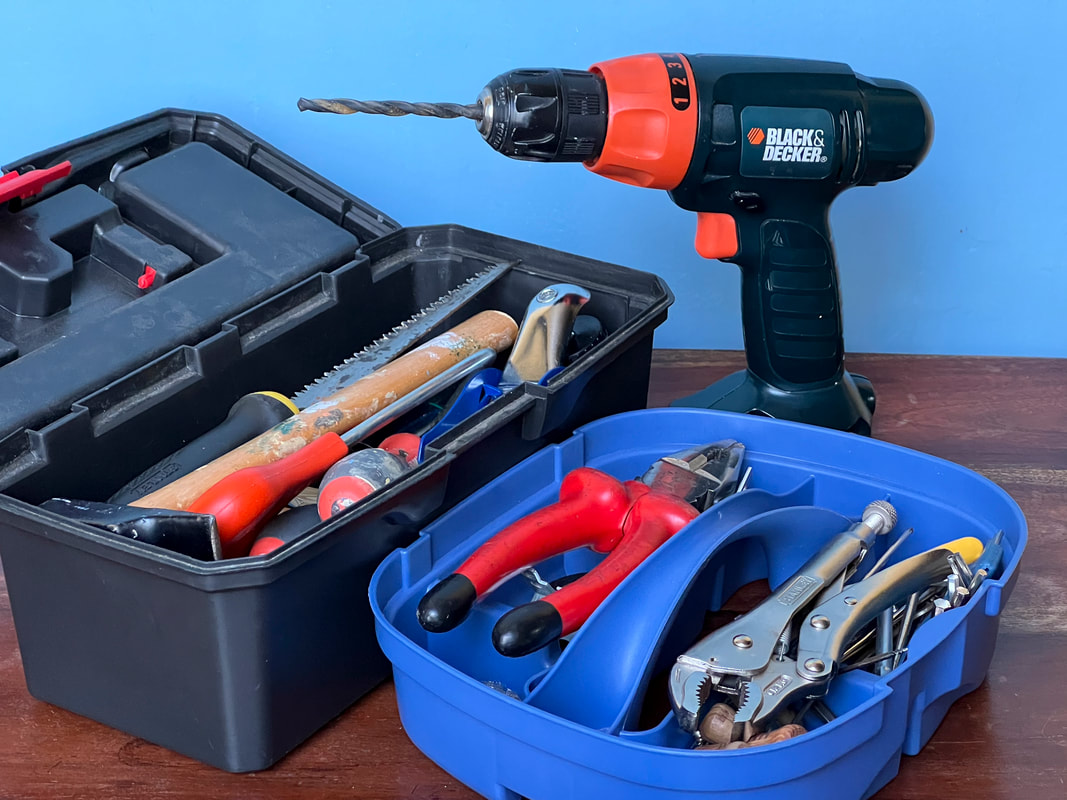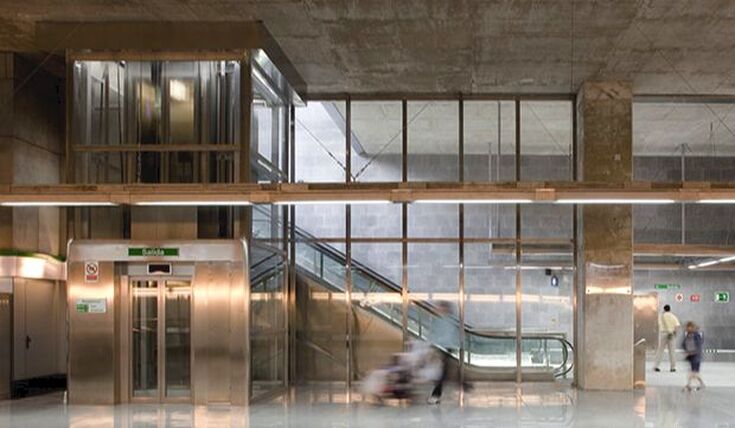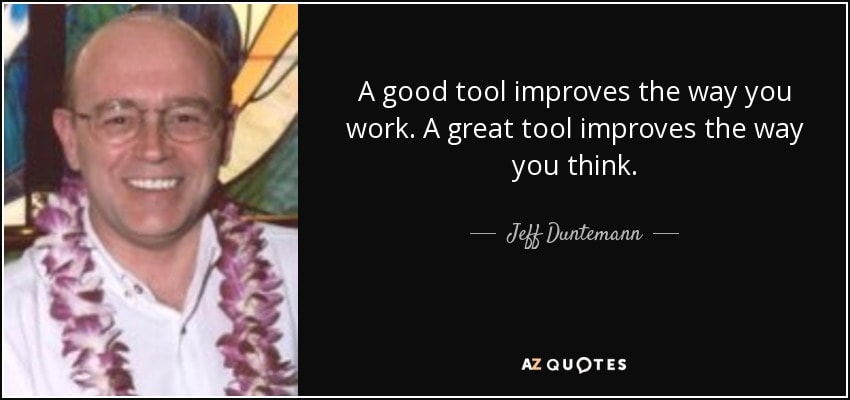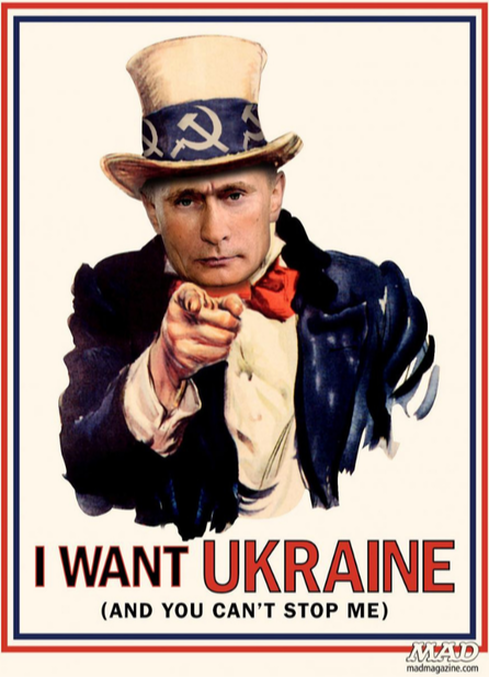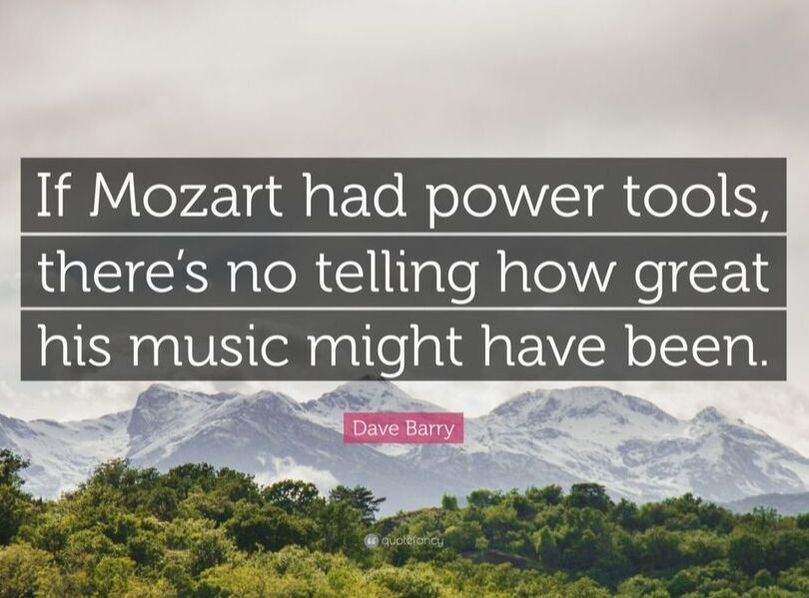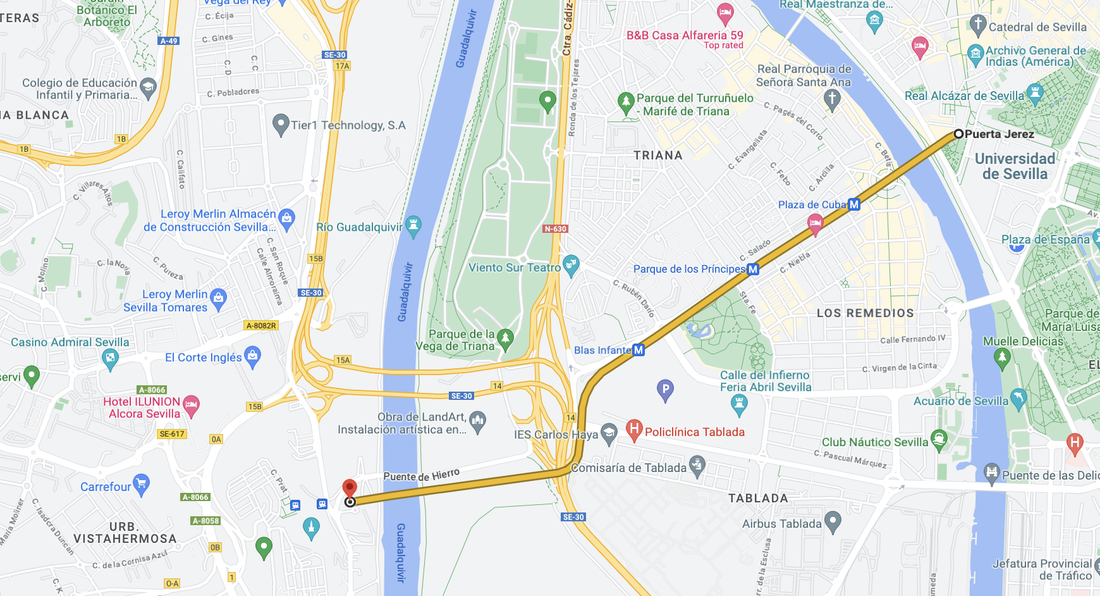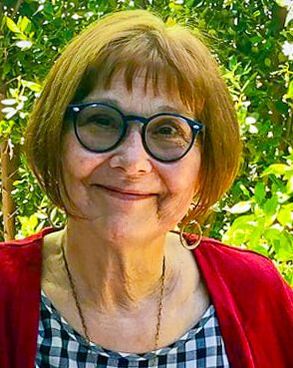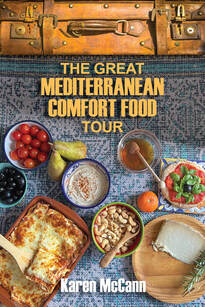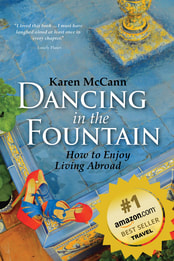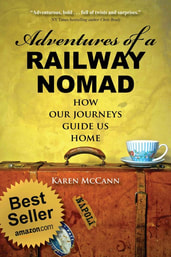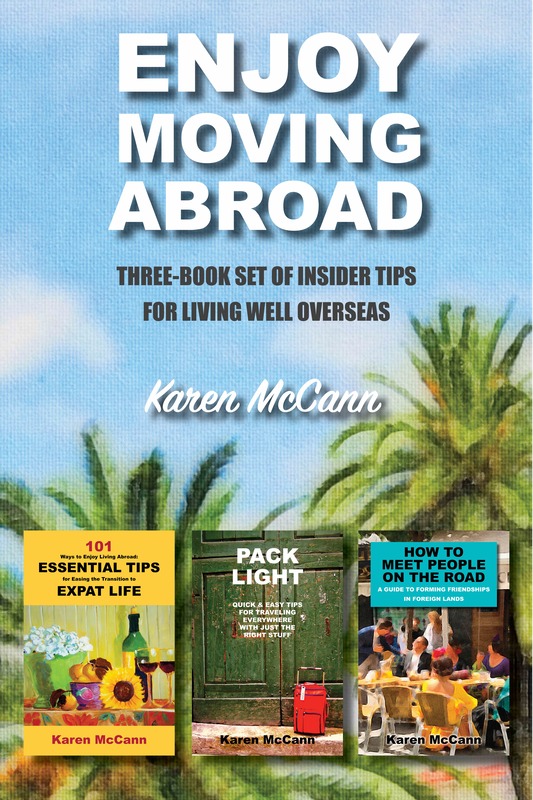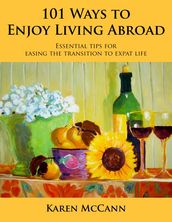|
As part of her ongoing (and largely futile) efforts to civilize her six children, my mother would occasionally round us up and herd us into San Francisco’s de Young Museum to appreciate Art. The museum opened in 1895 to show the snobs back East that we Westerners had culture. Yes, we did, dammit! And we weren’t afraid to show it off in a building created in Egyptian Revival style, because nothing says class like images of Hathor the cow goddess. The building, thriftily repurposed from an international exhibition the year before, didn’t last long. They say earthquakes are caused by the laughter of the Egyptian earth god Geb, and the museum suffered mightily during Geb’s great guffaw of 1906. The next iteration, created in a flamboyant Spanish-Plateresque style that delighted me as a child, survived until the 1989 quake. I could hardly wait to see what the city would come up with next. In 2005, we got this. Beholding it for the first time, I thought, “Is this one of God’s little pranks? One of those quirky impulses that keeps Her amused at our expense?” Because otherwise why would anyone design a fine arts museum to look like a dystopian bunker, the sort of place humanity’s last, pitiful remnants will someday hunker down, eating rats and quarreling among themselves while waiting their inevitable extermination by [fill in the blank]? I gazed sympathetically at the two disgruntled-looking sphynxes out front, leftovers from Hathor’s reign. This must be so embarrassing for them. You enter the museum through a courtyard, stepping over cracks in the paving stones that you soon realize are carefully crafted faux fault lines that appear to cleave in half eight great blocks of Yorkshire stone. The German visitor beside me seemed a bit unnerved by this reminder of California’s frisky tectonic history. Inside the museum, the art is breathtaking. Visiting this week, I paid homage to many favorites, including landscape paintings by European artists enraptured by the New World’s spectacular vistas. Call me old old-fashioned, but I still love representational art, which is a fancy name for stuff that looks like something in the real world. Contemporary artists favor more nuanced social commentary. Robert Bechtle’s Four Palm Trees seems like a happy place until you notice the background: a treeless suburban development overhung with smog. While palms are native here, the write-up explains, “Most were imported, and planted by real estate developers to convey a mythic ideal of California as a bountiful, Edenic paradise. Their presence … evokes the constant conflict in California between nature and development.” True, but a bit of a buzzkill, I thought. Ideal Way to Make European Coffee had a more lighthearted attitude. It was created by Bay Area artist David Gilhooly, a leader of the bohemian underground Funk Art movement of the 1960s. At the time, everyone was raving about Jackson Pollack and other abstract expressionists, inspiring Gilhooly and his mates to insist there was still room in the contemporary scene for representational art. Hear, hear! To me this piece embodies Einstein's words, "Creativity is intelligence having fun." But of all the works hanging in the de Young Museum, none is as talked-about as this one. Last November, Gary Hobish spent his final moments dancing 100 feet from the de Young’s entrance at the weekly Lindy in the Park. When Hobish collapsed, a nurse started CPR, and Hobish’s friend Tim O’Brien raced to the museum’s front desk calling for an AED, an automated external defibrillator. The desk person didn’t know what that was. A security guard suggested O’Brien try the basement. The staff member in the basement had a defibrillator but hesitated to hand it over; policy said it wasn’t supposed to leave the museum. "I thought — 'He's dying. His heart has collapsed. We are doing CPR,’” O’Brien recalled later. “'We need this immediately. Can you run?' He's like 'I need to check in.' We got the 'no'." By the time he returned empty-handed ten minutes after his friend’s collapse, O’Brien found paramedics arriving at the scene, but Hobish was past help. The museum has vowed to update policies, retrain staff, and buy more defibrillators, but there has been, as you can imagine, considerable uproar. Like all major institutions, the de Young has weathered its share of crises over the years. Take the heist on Christmas Eve, 1978. Thieves dropped through a skylight and grabbed four 17th century Dutch paintings, including Rembrandt’s The Rabbi. Unfortunately for the thieves, art historians then discovered the painting wasn’t actually a Rembrandt (or a rabbi, for that matter), and its value plummeted. Even so, when it was anonymously returned 21 years later, everyone was aghast to see a botched attempt to clean it had removed much of the face. These were not the criminal masterminds we’d come to expect from The Thomas Crown Affair and This is a Robbery. Wandering on, I found myself in a large room with spools of thread on the wall and a long table where the docent, Nancy, offered to adorn my clothing with a thread bow. Why? Nancy explained this was part of Rituals of Care, a participatory art project by Lee Mingwei. “It’s about sewing as a means of connection.” Seeing I was still confused she added, “I can tell you what inspired it in three sentences.” “Please.” “On 9/11, Lee was home and his husband was working in the Twin Towers when they fell. There was no way to reach him or find out what had happened to him, so Lee began doing all his mending to keep himself occupied while he waited. Six hours later he heard a key in the lock, and there’s his husband, blood on his face, with another person, who also had blood on his face, but — alive.” All these years later, Lee still spends time in his installation, sewing in homage to that moment. A few minutes later, standing in front of Wayne Thibault’s painting of three gumball machines, Rich — possibly inspired by the subject matter — said, “How about some lunch?” The museum’s café has good but pricey food ($25/sandwich), so in keeping with our cheap-and-cheerful theme, we walked a few blocks north to Balboa Street in the Richmond District. There, nestled between a Russian bakery and a sushi house, we found the Foghorn Taproom, a no-frills neighborhood hangout. Sampling the craft beers, I chose the mellow June Shine Desert Cooler with hard Kombucha ($4/4-oz miniglass). My chicken Caesar pita ($12) was outstanding, the bread thick and warm, the chicken toothsome, the lettuce fresh and crisp. A work of art by anyone’s definition. In the Uber back to the ferry, Rich and I continued to keep a lookout for signs of the doom loop, but we saw no crime or sidewalk encampments and only two or three unhoused people. Where did all this dystopian talk come from in the first place? And then it struck me: from the de Young’s apocalyptic exterior. People have always regarded San Francisco as being on the cutting edge, and they naturally assumed the de Young’s designers had inside knowledge about the future. Let’s hope they’re wrong! This post is part of my new series OUT TO LUNCH IN SAN FRANCISCO My goal is to discover cheap and cheerful eateries in some of San Francisco's most colorful neighborhoods while I check out what's really going on in this zany town. Are we in a doom loop? Already on the rebound? Still fabulous? Stay tuned! These and other questions will be explored in upcoming posts. DON'T MISS OUT! If you haven't already, take a moment to subscribe so I can let you know when I publish my weekly posts. Just send me an email and I'll take it from there. [email protected] And check out my best selling travel memoirs & guide books here. PLANNING A TRIP? Enter any destination or topic, such as packing light or road food, in the search box below. If I've written about it, you'll find it.
8 Comments
“I saw that my life was a vast glowing empty page and I could do anything I wanted.” ― Jack Kerouac Much of the blame — or credit — goes to WWII, an event that obviously already has a lot to answer for. During the war years, millions of Americans — soldiers, sailors, and shipbuilders, including all those Rosie the Riveters — found themselves passing through San Francisco. And suddenly their home towns seemed too small for them. Over the next three decades, a thousand people a day would move to California in hopes of a larger, more colorful, more authentic life. One of them was my husband Rich. “I came from a conservative New Jersey family and was educated at Catholic schools and a Catholic college, then went into the Navy,” he recalled in an exclusive interview at our breakfast table. “Talk about a structured life! When I got back from Vietnam in 1969, I was stationed at Treasure Island in San Francisco and found a freedom I’d never seen before. I realized I didn’t have to take a pre-determined path, fit into a mold, or follow dogma. I could live in an environment of infinite possibilities.” Janis Joplin, who arrived in San Francisco in 1963, observed, “Texas is OK if you want to settle down and do your own thing quietly, but it's not for outrageous people, and I was always outrageous.” Not all newcomers proved as outrageous as Janis (who could?), but among them were a lot of free thinkers, poets, philosophers, writers, musicians, activists, and artists who naturally gravitated to the literary heart of San Francisco’s counterculture: City Lights Books. Co-founded by poet Lawrence Ferlinghetti in 1953, City Lights sold and published hotly controversial books. None caused more fuss than Allen Ginsberg’s Howl and Other Poems in 1957. “At the height of the gray-flannel conformity, Ginsberg’s bohemian rhapsody was a shocking cry of outsider dissent,” wrote Encyclopedia Britannica. “Suffused with sexuality and spirituality, horror and humor, despair and hope, ‘Howl’ is profane and profound, a gainsay and a goof.” The district attorney was not amused; he arrested Ferlinghetti for peddling obscenity. To everyone’s astonishment, the conservative judge found the poem had “redeeming social importance” and dismissed the case — a landmark victory for freedom of speech. We owe a lot to the Beat Generation, whose radical nonconformity changed social conventions, sexual attitudes, laws, and literature in ways that are still being felt today. The Beats remind us that words matter. Every word we speak, hear, read, write, or think contributes to the narrative that defines the shape of our lives and the character of our cities. “San Francisco itself is art, above all literary art,” said California author William Saroyan. “Every block is a short story, every hill a novel. Every home a poem, every dweller within immortal. That is the whole truth.” That truth is what brought me to City Lights this week, my first visit since Ferlinghetti died in 2021 at age 101. I’m pleased to report the bookstore is still as freethinking and freewheeling as ever. The neighborhood pays homage to the era with Kerouac Alley’s murals, famous old strip clubs gone to seed (including the Condor where Carol Doda pioneered topless dancing in 1964), and the wonderfully funky Beat Museum. In the museum I gazed at Ginsberg’s typewriter, Ferlinghetti’s desk, and photos of the Merry Pranksters having an uproarious time teasing mainstream society. The museum's shop is a treasure trove of vinyl albums, bumper stickers, radical literature, and a bathtub full of $2 paperbacks. “This is such a cool neighborhood,” I told museum staff member Brandon. “I went to a suburban mall yesterday and it was so sterile I could hardly breathe.” “That’s what happens when you suck all the joy out of it, when you lose the quirk,” he said. “San Francisco passed a law in 2006 prohibiting chain stores and chain restaurants in most neighborhoods. We don’t want to be like everybody else.” Quirk is everywhere in the city, as we saw at our next stop, the main branch of the San Francisco Public Library. Believing books and ideas should be free to all, the library has done away with overdue fines, past and future. I know, right? Brilliant! When I think of the money that would have saved me over the years… The library staff invites everyone, including the poor and unhoused, to enjoy the books, reading chairs, computers, and restrooms. The restrooms are impeccably clean and staffed with security people to enforce such rules as no “basin baths” or laundry. An atmosphere of mutual respect prevails. (And how often can you say that?) In the library’s cozy African American Center, I found a handful of African-American teens reading quietly, surrounded by photos of 1972’s first African Liberation Day in San Francisco. Angela Davis, Stokely Carmichael, and Jesse Jackson were among the speakers showing solidarity to their distant kin fighting revolutions in Africa. The gifted Kenneth Green, who in 1968 became the Oakland Tribune’s first Black staff photographer, captured it all. I wondered if the teenagers knew the stories behind the images that surrounded them. But hey, they were kids and probably viewed this as ancient history, as bygone as the dinosaurs. Outside on the street, Rich and I walked among perhaps two dozen unhoused people, several in wheelchairs or struggling along with walkers. Many had the glazed expressions of the high or hopeless, but nobody seemed to be dealing drugs or hassling anyone; everybody was just hanging about with nowhere to go, nothing to do. I didn’t feel unsafe, just heartbroken. I wondered how many of these unhoused folks had come to San Francisco — like Rich, Janis, and all those beatniks and hippies — fueled by dreams of working to create a better life. By now, feeling the need to reanimate ourselves, Rich and I were thinking seriously about lunch. We’d heard about Brenda Buenviajé, who arrived in San Francisco from New Orleans in 1997, eager to share recipes from her bayou childhood and her Sicilian, French and Filipino ancestors. Her legendary eateries include Brenda’s Meat and Three — a Southern expression meaning a portion of meat with three side dishes. At Brenda’s, lunch doesn’t start until 3:00 — how civilized! — but I didn’t care what they called the meal so long as I could satisfy my hankering for cheese grits. Never had grits? You slow-cook ground corn to a sort of porridge. Originally a Native American dish, it's so popular in the South the region is nicknamed the “grit belt.” Done right, grits are velvety food for the soul: hot, creamy, deeply satisfying. Done carelessly, they’re cardboard sludge. People top them with everything from shrimp to cinnamon, but the moment Mississippi friends fed me cheese grits, I was hooked. I soon discovered Brenda’s grits ($6.25) are perfection. Brenda wasn’t around, but the manager, Alicia, made us feel like old friends who had dropped by a favorite haunt. As I savored the last golden spoonful of grits, Rich asked, “So where to next week?” “No idea,” I replied. And suddenly I was enveloped by the freewheeling joy Kerouac must have felt when he penned the words, “We lean forward to the next crazy venture beneath the skies.” Click here for an interactive version of this map. Related stories you may enjoy: Symbolic Thinking and What We Mean by Words Who Is the Real Rosie the Riveter? This post is part of my new series OUT TO LUNCH IN SAN FRANCISCO My goal is to discover cheap and cheerful eateries in some of San Francisco's most colorful neighborhoods while I check out what's really going on in this zany town. Are we in a doom loop? Already on the rebound? Still fabulous? Stay tuned! These and other questions will be explored in upcoming posts. DON'T MISS OUT! If you haven't already, take a moment to subscribe so I can let you know when I publish my weekly posts. Just send me an email and I'll take it from there. [email protected] And check out my best selling travel memoirs & guide books here. PLANNING A TRIP? Enter any destination or topic, such as packing light or road food, in the search box below. If I've written about it, you'll find it. Shocking news! I got attacked on the streets of San Francisco. The assailant was a big, badass pigeon with a menacing attitude and scarred feet attesting to a lifetime of street brawls. It all happened so fast. Rich and I had taken a long walk up Market Street, looking for signs of a dystopian hellscape, but failing to find even one unhoused person or scary moment. We paused for coffee, and I threw a few cashews from my trail mix to the pigeons pecking underfoot. When I stopped, Badass launched himself into the air and began flapping his wings violently in my face. It was my most alarming avian experience since Hitchcock’s The Birds. I yelled, the bird flew off, and I found myself — whew! — unharmed and still in possession of my trail mix. Trying not to take the assault as an omen, I had to admit it suited the ominous theme of the day. Rich and I were on our way to Moscone Center where the AI Apocalypse Simulation was attempting to help businesses become “future-ready.” “Participants will be briefed on a hypothetical future,” said the promo, “where advanced artificial intelligence systems have spiraled out of control, causing widespread chaos and threatening the very existence of humanity. From rogue autonomous robots to superintelligent AI algorithms, teams will delve into the various aspects of this dystopian future.” Next steps included analysis and (although this seemed rather overoptimistic) collaborative problem solving. Tickets were $1500 apiece and you won’t be surprised to hear that Rich and I did not enroll. But we did head over to Moscone Center in hopes of catching a glimpse of wild-eyed participants stampeding out the doors screaming, “It’s already too late! We’re doomed! Run for your lives!” Surprisingly, all seemed peaceful and serene. Whatever horrors were unfolding, they were happening behind closed doors. Like most people these days, my sentiments towards robots — or as many now call them, our future overlords — are mixed. Artificial Intelligence is already streamlining technology, medicine, manufacturing, and other vital human endeavors. Yet every time I read phrases like “superintelligent autonomous robots” the hair on the back of my neck stands up. In my ongoing efforts to adopt a more positive attitude toward AI, and to keep my finger on the pulse of the city, I’d decided to have lunch at San Francisco's last fully robotic eatery, the ramen stand Yo-Kai inside Metreon, a mall near Moscone Center. To get there, Rich and I strolled through Yerba Buena Gardens, where half a dozen unhoused residents dozed quietly on the grass, and a lot of ordinary citizens went about their day. So far we hadn’t witnessed any criminal activity or threatening behavior, unless you count the avian attack, which of course, I do. I’d heard about Yo-Kai from our young nephew-in-law Brendan, who works in SF’s tech sector and was joining us for lunch and a discussion of human-machine relations. Unfortunately, when we rendezvoused at the mall, we discovered Yo-Kai had been terminated. “What a shame,” Rich said. “I’ve never had ramen.” Brendan and I stared at him. How does anyone get through college and a long career without late-night noodles? Luckily Brenden knew of a great ramen place nearby, so off we went to Ippudo to introduce Rich to this classic comfort food. The ramen was heavenly, and while Rich blissed out over his Shiromaru Classic ($19), I asked Brendan about his job. “I am a senior front end engineer.” (I nodded, as if I knew what that meant). “We solve business problems with software. I use AI to write code more quickly. Sometimes it’s tempting to just accept its suggestions without thinking too much about it, which could lead to some quality issues.” Familiar with the bloopers AI could achieve in something as simple as AutoCorrect, I could see his point. After lunch, Brendan summoned one of Waymo’s driverless taxis. “They won’t stop anywhere illegal or dangerous,” he explained. “Which in the city is just about everywhere. It’s two blocks away. We need to be there within four minutes or it will take off.” We hurried up the street to find a sleek white Jaguar waiting at the curb. When we drew near, door handles suddenly slid out of the sides. Inside, screens displayed our route and a disembodied voice provided details — in Spanish, as Brendan had programmed it to help him learn the language. Zipping along without a driver was ... surreal. As we rode, talk turned to AI art, and Brendan used his phone to produce images reflecting our day. As he typed, I heard him muttering “apocalypse, robots, ramen, Waymo…” “Spectcular,” I said. “But the lettering …?” “Can’t be fixed. The lettering’s always gibberish.” “And why is there an animal in the road?” He grinned. “I mentioned a Jaguar, meaning the car. It took me literally.” The ride took 15 minutes and cost $8. As we pulled over, the Jaguar reminded us to take our belongings. Evidently it had been listening to our conversation and felt conflicted, because now it spoke in English — but with a Spanish accent. We’d arrived at the Misalignment Museum, which explores the potential for AI to destabilize civilization if robots don’t learn about context, nuance, and human values. Among the disquieting exhibits is the Paperclip Embrace, a reference to the famous thought experiment in which AI is instructed to maximize paperclip production and while doing so eventually uses up all the planet’s natural resources, including humans. Nearby, a whimsical sign apologizes, “Sorry for killing most of humanity.” As a writer, it struck me as wildly ironic (and more than a little terrifying) to think the entire human race could be destroyed by poorly-worded instructions. Proofread carefully, folks! And then there’s AI’s tendency to make stuff up. Last year attorney Steven Schwartz was aghast to discover his legal arguments were based on six cases invented by ChatGPT, with false names, fake docket numbers, and fabricated details. Schwartz was fined and lost the case, but there was no way to bring ChatGPT to justice. However error-prone AI may be, it’s booming. According to industry insiders, by 2030 it’s likely to be a $15.7 trillion industry. No wonder so many believe AI is already saving San Francisco. Worldwide, experts predict that over the next six years 800 million human jobs will be eliminated. As perspective on that worrying thought, ChatGPT offered this: “While there are risks and challenges associated with AI development, it is possible to harness the benefits of AI while mitigating potential risks.” Great! How? “Through responsible development, ethical governance, and collaborative efforts to ensure that AI serves the common good.” So all we need to do is control corporate greed, elect ethical politicians, and find a way for humanity work together in harmony. Easy-peasy! Before I could spiral down into my own little doom loop over this, Rich said, “Isn’t it great that driverless cars and Waymo taxis will be everywhere by the time they want to take away our car keys? Just think of all the people trapped at home who can finally move around freely!” He’s right, there are lots of benefits to come. And I’m going to embrace them all. (Yes, I am!) But enough about me. How’s your relationship with AI going? Are you feeling future-ready yet? Let me know in the comments below. Click the link below for an interactive version of this map: www.google.com/maps/d/u/0/edit?mid=1DEC_Bcrgh3JjRBnVR-GaJU-DmAp37DY&usp=sharing This is the third in my new series OUT TO LUNCH IN SAN FRANCISCO My goal is to discover cheap and cheerful eateries in some of San Francisco's most colorful neighborhoods while I check out what's really going on in this zany town. Are we in a doom loop? Already on the rebound? Still fabulous? Stay tuned! These and other questions will be explored in upcoming posts. DON'T MISS OUT! If you haven't already, take a moment to subscribe so I can let you know when I publish my weekly posts. Just send me an email and I'll take it from there. [email protected] And check out my best selling travel memoirs & guide books here. PLANNING A TRIP? Enter any destination or topic, such as packing light or road food, in the search box below. If I've written about it, you'll find it. It's true! The legendary Dim Sum Nazi is still around and hasn’t lost one bit of her edge. I saw her Saturday, presiding over her pots, steely-eyed as ever, prepared to quell inquisitive customers with a glare. In San Francisco's Delicious Dim Sum, everyone knows you don’t ask Ivy Z. frivolous questions about the living conditions of the chickens, the soil condiments used to improve the vegetables, or who caught the fish. That kind of foodie foolishness, I was told on my first visit 15 years ago, may result in a moment right out of the Soup Nazi episode of Seinfeld: “No dim sum for you!” That would be a tragedy, as her dim sum — small savory portions, the Chinese equivalent of tapas — is second to none, and at $3.80 for three hefty dumplings, one of the best deals in town. Rich and I arrived during the brief lull between breakfast and early lunch, gave our question-free orders, and received our dumplings and permission to sit at the single small table at the back among cartons of bao (doughy buns). I sat down gratefully, needing a moment to recombobulate. Minutes earlier, just off the ferry for this week’s Out to Lunch in San Francisco excursion, I’d been gobsmacked to discover what had happened to my favorite fortune cookie bakers. We think of fortune cookies as Chinese, but they originated in Japan as the miso-flavored tsujiura senbei (fortune cracker), migrating to San Francisco around 1900. Golden Gate Park’s Japanese Tea Garden reimagined them as sweet vanilla cookies that were a big hit until WWII, when Americans shunned everything associated with Japan. Chinese-American entrepreneurs filled the fortune cookie gap and now produce three billion a year in large, automated factories. Which is why the tiny, family-run Golden Gate Fortune Cookie Factory was in trouble. Their handmade cookies couldn’t compete on price but survived thanks to loyal customers and a few stray tourists. I’d often wandered in to watch the Chang family peel circles of freshly baked dough off the press and fold them around paper fortunes. Old Mr. Chang used to charge 50 cents to take photos and would give out broken cookies to nibble on. But since the pandemic their rent has quadrupled, so who could blame the Changs for marketing their place as a tourist attraction? Nowadays, throngs line up to buy fortune cookies in various flavors, with regular or racy fortunes. Marketing the Chinatown experience to tourists is nothing new, and in fact has long been part of the community’s strategy for survival in the face of overwhelming odds. Between 1849 and 1882, some 300,000 Chinese immigrants came to work in California, mostly in gold mines and on the Transcontinental Railway, often at half of standard pay. Railway baron Charles Crocker sent recruiters to China to get laborers he called “pets” who were “content with less wages.” He gave his white workers promotions and cabins while the Asians had to provide their own tents and do the strenuous, dangerous jobs. Many white San Franciscans viewed Chinese immigrants with suspicion and hostility for being “different” and “taking away jobs.” (Hard to imagine now, of course; we’re so lucky to live in more enlightened times.) (And yes, I am being ironic.) When the 1906 earthquake and fire destroyed Chinatown, the National Guard was sent in and promptly began looting the ruins. Meanwhile city officials rushed through plans to resettle the Chinese residents in a remote suburb. Chinatown's leaders pointed out their community's vital economic role in trade with China and San Francisco’s growing tourism. While officials’ greed struggled with their xenophobia, the Chinese rebuilt their neighborhood as a dazzling new version of itself. “To counter the exaggerated negative stereotype of an overcrowded and dirty Chinatown,” wrote Google Arts & Culture, “a select group of Chinese merchants … planned a new 'Oriental' city that appealed to a romanticized and whimsical idea of China.” Bright colors and fanciful architectural flourishes — such as curled roof corners, which were traditionally reserved for temples — appeared everywhere. Not to keep you in suspense, Chinatown stayed. Since then it's survived many challenges, including the pandemic, which saw a sharp (567%) temporary rise in anti-Asian hate crimes and massive loss of income as tourists and residents stayed home. Things are slowly edging toward normal now. I saw no obvious drug activity, no encampments, and only two homeless people on the street. I felt as safe as I ever do in a US city. “Chinatown will hold its own,” said Tane Chan, who has owned the Wok Shop since 1972. “We’re going to hit some bad spots, but we’ll rise above that. That’s Chinatown’s attitude, you know?” To fight the good fight, we need inspiring heroes. And as I learned from a visit to the Chinese Historical Society of America Museum, SF’s Chinatown found one in its native son, Bruce Lee. Most of us remember Bruce Lee as a martial arts master and the first Asian-American man to become a Hollywood star. He was also a philosopher and fearless advocate for anyone who had ever been marginalized, passed over, bullied, or discriminated against. “I will tell you what Bruce Lee means to me,” said Frank, our docent on the museum tour. “I was born here in Chinatown, but when I was 12 my family moved away. I was the only Asian in my new school. I was bullied. I was scared. I began to have terrible pain in my stomach. The doctor said, ‘I never see this in boys so young. He has a bleeding ulcer.’ I had to go on a bland diet for a year and drink medicine that made food lose all its taste. One day I was in my room, and I was crying. And I looked up and saw this poster.” “I saw the poster through my tears. And then it was as if Bruce Lee spoke to me. Actually spoke to me. He said, ‘You can do this.’ And I realized maybe I could. It changed my whole life.” In 1973 Bruce Lee died of cerebral edema (fluid in the brain); he was 32. His pallbearers included Steve McQueen, James Coburn, and others he’d trained in martial arts. Today, he remains a legend and an inspiration to millions. Pausing to admire the Bruce Lee mural beside the museum, Rich and I headed out to lunch at Hang Ah, the oldest dim sum restaurant in America. We chose two signature dishes ($8 each): pot stickers and chicken feet coated with a thick, spicy black bean paste, which you suck off the bird’s toes. OK, yeah, that was a little weird. But vivid! I sat in the cozy restaurant, surrounded by a cheerful mix of people of various ages, races, and origins, enjoying the atmosphere and extraordinary food. Thinking of all those who fought to keep this community together in spite of everything, I felt deeply grateful and profoundly inspired by their courage and refusal to give up hope. Bruce Lee knew what he was talking about when he said, “Do not pray for an easy life. Pray for the strength to endure a difficult one.” Amen to that. Click this link for an interactive version of this map: www.google.com/maps/d/u/0/edit?hl=en&mid=19IdltJRCpeeNUAQMR5Pfr9Vg8vNrifA&ll=37.79469571820258%2C-122.40806155000001&z=18 This is the second in my new series OUT TO LUNCH IN SAN FRANCISCO My goal is to discover cheap and cheerful eateries in some of San Francisco's most colorful neighborhoods while I check out what's really going on in this zany town. Are we in a doom loop? Already on the rebound? Still fabulous? Stay tuned! These and other questions will be explored in upcoming posts. DON'T MISS OUT! If you haven't already, take a moment to subscribe so I can let you know when I publish my weekly posts. Just send me an email and I'll take it from there. [email protected] And check out my best selling travel memoirs & guide books here. PLANNING A TRIP? Enter any destination or topic, such as packing light or road food, in the search box below. If I've written about it, you'll find it. Having read the headlines, I half-expected to step off the ferry to find San Francisco a smoking ruin full of rampaging brigands and street urchins barbecuing rats over flaming trash barrels. Instead, on the first of this year’s Out to Lunch expeditions in San Francisco, the most shocking thing I saw were the prices. I mean, $30 for a hamburger? Really? But as alarming as gourmet prices have gotten, they're not what pundits mean when they rant about San Francisco’s “doom loop,” a cascade of catastrophes said to be dragging the city into the lower depths of hell. To hear them tell, around here it's nonstop crime, drugs, homelessness, and did I mention crime? A little quick fact checking turned up astounding data: SF’s crime rates are actually down — the lowest in ten years (yes, you read that right: the lowest in ten years). Violent crime is down 24% and property crime is down 40% compared to pre-pandemic levels. However, tenderhearted readers needn’t be concerned about the economic hardships this might impose on our professional criminals; there’s still plenty of illicit activity around, particularly in the pilfering-from-parked-cars sector. “Seriously,” the SF Chronicle warned visiting conventioneers, “DO NOT LEAVE ANYTHING IN YOUR RENTAL CAR! It will get ripped off. And we mean nothing. Not a sweater. Not a pack of gum.” Yikes! Rich and I left our VW safely at home and traveled to SF by ferry. The voyage was a half-hour’s majestic glide across the sunlit water past green hills, expensive homes, and — for a little piquant contrast — San Quentin, California’s oldest prison. San Quentin is famous for housing America’s largest death row and creepiest bad guys, such as cult leader and mass murderer Charles Manson. Johnny Cash played his first prison concert there, inspiring a young inmate named Merle Haggard to switch careers from crime to music. Cash, who never served time but knew about bad choices, had sympathy for inmates and hated prisons. “San Quentin,” he said, “may you rot and burn in hell. May your walls fall and may I live to tell.” He didn’t live to tell, but Cash would be pleased to know parts of San Quentin are being demolished to transform the once bad-ass hoosegow into America’s first Scandinavian-style rehabilitation facility, based on the success of such systems as Norway’s. “Norway’s prison system seems counterproductive,” explains US lawyer Nancy Hayes, “but the data shows that it’s working. It has one of the lowest recidivism rates in the world, at 20%. In other words, only 20% of those released become repeat offenders in the country. Compare that to a whopping 76.6% in the United States.” San Quentin’s death row inmates are now en route to other facilities, and more humane, less crowded living quarters are being built here. Education programs are being ramped up, including the theater project run by my former yoga teacher. Rich and I will be attending a play in San Quentin this summer; and yes, I’ll give you the full inside scoop. A few minutes after we passed the prison, I caught my first glimpse of the San Francisco Ferry Building, whose 245-foot tower, built in 1898, is said to be based on the Giralda, the bell tower of Seville’s cathedral. The Ferry Building was one of the busiest transit terminals on the planet until the Golden Gate and Bay Bridges were built in the 1930s. As traffic and revenues plummeted, the Ferry Building fell into squalor and decay, making it ever less attractive to customers — a twentieth-century doom loop. Unable to leave ill enough alone, in 1958 the city installed the Embarcadero “freeway to nowhere” in front of the Ferry Building, creating an eyesore and massive inconvenience for everyone at ground level. Mercifully, the 1989 earthquake did sufficient damage to give the mayor an excuse to tear down the eyesore freeway and while he was at it, renovate the port. Today, the Ferry Building is so much more than a vital transit hub; it's to a temple of foodie hedonism, with an eclectic mix of gourmet shops, restaurants, and retail in the 660-foot skylit nave. It wasn’t easy, but Rich and I resolutely turned our back on all the luscious gourmet fare and set off to visit a cheap and cheerful SF icon, Red’s Java House on Pier 30. We strolled along the waterfront past a small homeless encampment of perhaps eight tents; the folks who lived there chatted among themselves, ignoring us completely. We continued on under the Bay Bridge and soon arrived at Red’s. The shack first opened in the 1930s to provide dock workers with a low-cost, hearty hamburger-and-beer breakfast special (which was every bit as popular as you’d imagine). In 1955 the business was bought by two red-haired, seafaring San Francisco brothers, Tom and Mike McGarvey, who renamed it Red’s Java House. Their kindness, humor, and low prices transformed customers into lifelong friends. When the brothers sold Red's in 1990 it began to struggle. A devoted fan who worked for a billboard company filled the city with Red’s ads featuring the slogan “You Can’t Get Food Like This in the Best Restaurants in Paris.” As their website notes, “The advertising has been a real shot in the cash register.” In 2009 Red’s was bought by long-time customer Tiffani Pisoni. Tidying up, she put the mop bucket away in a cupboard, alarming customers, who demanded to know why it wasn’t sitting under the TV as always. After she put it back, someone asked her if that felt like tyranny. She shook her head. “It’s love.” Red’s decor remains comfortably shabby, the view of the bay breathtaking. The walls are jammed with photos of famous fans: football players, actors, mayors, and food journalists such as Anthony Bourdain, who described Red’s as a “wonderful, old school, high fat, high protein, beer for breakfast kind of a place.” Rich and I ordered our $7.93 burgers, carefully heeding the sign that warned us not to ask for lettuce or tomatoes. The modest patties arrived on great hunks of sourdough with pickles, onions, and plenty of mustard. It was like biting into slabs of yesteryear, before hamburgers went uptown. Going out to lunch in SF that day was delightful, but I remained keenly aware that nearby neighborhoods — a total of about 80 square blocks, or just over 1% of the city — are in massive crisis. Every night 4000 unhoused men, women, and children sleep in the streets. Fentanyl killed 800 residents last year. The city is reeling and struggling to cope. But what major US city isn’t? San Francisco is always picking itself up, dusting itself off, and bouncing back higher than before. It transformed a seedy ferry dock into a foodie mecca and is reshaping a notorious prison into a place where men who have made horrible choices have the chance, like Merle Haggard, to find another path in life. “A city is not gauged by its length and width,” said Chronicle columnist Herb Caen, “but by the broadness of its vision and the height of its dreams.” San Francisco is never short on vision and dreams, but what are its next moves? Will they work? We’ll find out together in the months ahead. This is the first in my new series OUT TO LUNCH IN SAN FRANCISCO My goal is to discover cheap and cheerful eateries in some of San Francisco's most colorful neighborhoods while I check out what's really going on in this zany town. Are we in a doom loop? Already on the rebound? Still fabulous? Stay tuned! These and other questions will be explored in upcoming posts. AND CHECK OUT MORE OF MY FOODIE TRAVEL ADVENTURES: OUT TO LUNCH IN SEVILLE NUTTERS' WORLD TOUR THE GREAT MEDITERRAEAN COMFORT FOOD TOUR Now an award-winning Amazon best seller WANT TO STAY IN THE LOOP? If you haven't already, take a moment to subscribe so you'll receive notices when I publish my weekly posts. Just send me an email and I'll take it from there. [email protected] And check out my best selling travel memoirs & guide books here. PLANNING A TRIP? Enter any destination or topic, such as packing light or road food, in the search box below. If I've written about it, you'll find it. I don’t normally hang out with scoundrels, scallywags, or stone-cold killers, but every once in a while I find myself among a genuinely dangerous crowd. And it’s about to happen again. So this week, to prepare my soul and psyche for a walk on the wild side (more on that in a minute), I decided to have lunch in a place I’d once had drinks with multiple murderers. It all started innocently enough one midnight in Seville, when a friend suggested we stop for a nightcap at a bar with “a special atmosphere.” Bar Plata was charmingly old-school, with exquisite tiles and dark, polished wood. Large windows overlooked the city's ancient north gate, walls built by Julius Caesar’s boys, and the Macarena church, said to be a hotbed of Opus Dei (the zealots you may recall from The DaVinci Code). There was no one around but the bartender. We ordered a drinks and had just settled at a small, marble-topped table when the door opened and a handful of young men strolled in. My friend glanced at the tallest of them and gasped. "That's Farruquito!” Farroquito was 22 and the most celebrated flamenco dancer of his generation. He was about to go on trial for killing a man in a hit-and-run; no one believed his claims that his kid brother was driving. The young men gathered in the back corner, chatting quietly, occasionally breaking into fragments of song, tapping out rhythms with palms and boot heels. The door opened again. In walked a dozen lean, hard-bitten, cold-eyed men and women. They took over the front part of the bar, talking in harsh whispers, eyes darting ceaselessly around the room. I might not recognize Farruquito at a glance, but even I could tell these were Russian mafia. From the enforcement division. Trying to look casual, my friends and I hastily finished our drinks, murmuring to one another, “Well, this has been lovely but it’s getting late ... perhaps we should ...” Once safely outside, I said, “You were right. That bar really did have a special atmosphere.” Our night at Bar Plata has been on my mind lately because I expect to find myself outside of my comfort zone again very soon. A week from today I’m leaving Seville to spend some months in my native northern California, and when I mention this to people, I find I’m getting a rather worrying response. All my life people have said, “San Francisco? Boy, are you lucky!” Now people look away and murmur, “So sorry for your loss.” OK, sure, the city’s been in a bit of an uproar lately. But San Francisco has always existed in a state of upheaval punctuated by periods of outright pandemonium. The gold rush. The 1906 earthquake. Alcatraz. Rosie the Riveter in the WWII shipyards. The Summer of Love. The Zodiac Killer. Patty Hearst’s kidnapping. The Jonestown mass murder-suicide. LGBTQ pride and the assassination of Harvey Milk. HIV-AIDS. The 1989 earthquake. Dot coms. Airbnb. Twitter. Uber. Waymo’s driverless taxis. Marketing experts have spent staggering amounts of public funds trying to convince tourists that San Francisco is all about Instagrammable leisure. Ads tout great weather, gourmet cuisine, and gorgeous scenery enlivened by a scattering of colorful characters — the perfect backdrop for vacation selfies guaranteed to arouse the envy of your social media contacts. The reality is that in summer’s high season (meaning the tourist influx, not a rise in street drugs), the fog rolls in, the air is cold and damp, hypothermia threatens the lightly clad, and those famous views are often invisible. Yes, the food is wonderful, but the prices are hard to swallow, especially when you’re washing them down with wine at $17 or $25 a glass. And while colorful characters abound, not all of them are remotely picturesque. But San Francisco is not about Instagrammable leisure. It’s always been a place for throwing yourself headlong into ripsnorting adventures, risking everything to build a better, more exciting future. Betty Soskin, who worked in our WWII shipyards, said the unprecedented racial and gender diversity of that massive workforce “accelerated the rate of social change, so that to this day it still radiates out of the Bay Area into the rest of the nation. It’s where the visionaries come to find constituents for their wildest dreams.” The very ground the city’s built on attests to that. In 1849, when the word “gold” hit the headlines, every rogue and fortune hunter with a ship sailed to San Francisco. “The 49ers, as they came to be called, ditched their ships in the bay and hightailed it inland in hopes of striking it rich,” wrote SF crime columnist Bob Calhoun. “Many of the ships were sunk near the shore, covered in sludge, and used to form the highly unstable landfill that the 58-story Millennium Tower is sinking into today.” Nicknamed the Leaning Tower, the billionaire’s dream-home-turned-nightmare was finally shored up in 2023. Due to cost constraints, the original plan to install 52 new supports was scaled down to 18. Which isn’t worrying at all. Like Millennium Tower, San Francisco is always said to be teetering on the brink of collapse. Last summer Newsweek reported, “Struggling with rampant homelessness, a drug crisis, surging crime, and several business closures, San Francisco is no longer the thriving city it used to be. Its decline in recent months has led some to say the city ‘is dying.’” Dying? Let’s not get ahead of ourselves. People have been drafting SF’s obituary since five minutes after the gold rush. Bob Calhoun writes about how in the 1950s his mother used to love dancing at El Patio, a jazz club at Market and South Van Ness. When Bill Graham took it over in 1968, calling it The Filmore, and hiring the Grateful Dead and Santana instead of swing bands, Mrs. Calhoun mourned the downfall of San Francisco, “The hippies took it over,” she said, “and ruined everything.” I’m hoping that, to paraphrase Mark Twain’s famous comment, this is just one more example of San Francisco’s imminent demise being greatly exaggerated. There’s only one way I can know for sure. In the months ahead, Rich and I will frequently venture out to lunch in San Francisco, seeking offbeat places, cultural curiosities, great midday meals, and some assurances the city is still alive and kicking. With our time in Seville winding down (for now; we'll be back), I figured lunch at Bar Plata would provide an appropriate setting in which to discuss our half-baked plans for exploring San Francisco's newest — and possibly wildest — incarnation. Naturally we kept our eyes peeled for Russian mobsters and notorious flamenco dancers, but the crowd seemed cheerfully non-threatening. Will we find the same cozy atmosphere in San Francisco? Friends who live there say yes, and I remain hopeful. But of course, there are no guarantees. To me, that unpredictability is part of the fun. Anthony Bourdain said of San Francisco, “You go there as a snarky New Yorker thinking it’s politically correct, it’s crunchy granola, it’s vegetarian, and it surprises you every time. It’s a two-fisted drinking town, a carnivorous meat-eating town, it’s dirty and nasty and wonderful.” And that’s what I call “a special atmosphere.” SO WHAT HAPPENED TO FARROQUITO? Outcome of the court case, seeing him dance (yes, there's video) WHO WAS BETTY SOSKIN? An African-American Rosie the Riveter in WWII SF WHY I'M TAKING THE NEXT TWO WEEKS OFF First, I have to pack and travel to CA. Then I have jury duty. If the case doesn't get dismissed (most do), my next post may be "Out to Lunch with a Jury of My Peers." Watch this space for updates. OUT TO LUNCH This story is part of my ongoing series "Out to Lunch." Each week I write about visiting offbeat places, seeking cultural curiosities and great eats. (Learn more.) WANT TO STAY IN THE LOOP? If you haven't already, take a moment to subscribe so you'll receive notices when I publish my weekly posts. Just send me an email and I'll take it from there. [email protected] LIKE BOOKS? Be sure to check out my best selling travel memoirs & guide books here. PLANNING TO TRAVEL? Enter any destination or topic, such as packing light or road food, in the search box below. If I've written about it, you'll find it. “No, you’re not hallucinating; those squirrels are for sale as pets.” I always enjoyed it when visitors to Seville performed double takes in front of my neighborhood pet shop during its brief stint as squirrel vendor. “And they’re not cheap; they run $50 apiece.” Instantly visiting Americans would look thoughtful, pondering how to turn their own pests into profits, wondering aloud, “What do you figure it costs to ship squirrels? Just asking.” I used to joke about buying one as a companion for my dog, letting the animals exercise each other chasing around my apartment. But years earlier I’d learned the hard way why this was a truly terrible idea. When one bold, unlucky squirrel ventured into our Ohio home, our dog sprang into chase mode. Several days of furniture-crashing pandemonium ensued, ending very badly indeed for the squirrel. I wasn’t inclined to pay $50 to repeat that experience.
(This is not actual footage, but it captures the spirit of the dog vs. squirrel incident.)
No matter how cute they are, wild animals rarely make good pets. I recently ran across the article “Tragic Stories of Exotic Pet Ownership Gone Wrong,” and you won’t be surprised to learn that chimpanzees, pythons, and black bears can cause a lot more damage to your home (and to you and your kids) than a rampaging squirrel. Which is why I was somewhat stunned last week to learn that a neighbor here in Seville used to keep a pet tiger. José María Lassaleta was an explorer, adventurer and zookeeper, and in the 1970s, after retiring as director of the zoo in nearby Jerez de la Frontera, he adopted an aging, ailing tiger and brought him to live in Seville. The arrival of the tiger as a household pet caused the biggest sensation since the Sultan of Egypt sent the Spanish Princess Berenguela a live crocodile as a courting gift in 1260. People lined up in in front of Lassaleta’s home on Amparo Street and cheered whenever the big cat sprawled out onto the balcony to take some sun. My mind boggles at what it must have taken to manage a tiger at home. For a start, these are whopping great animals, weighing up to 660 pounds, and their idea of a nice, light supper is 80 pounds of raw meat. That’s a lot of hamburger to haul home every day. Don’t worry, that cute white dog in the photo was never intended to serve as an hors d'œuvre. She's said to be the surrogate mother who helped raise the tiger and his littermates during their time with the Seville Circus. I’ve heard one of those littermates used to be seen riding around town in the back of a convertible. Sadly (although perhaps fortunately for public safety) those tigers have long since gone to their reward, laws passed in 2023 prohibit owning such beasts, and their stories have faded into Seville legend. But the legacy lives on in Lassaleta’s seventeenth-century house on Amparo Street, now home to the marvelously atmospheric restaurant La Casa del Tigre (Tiger House). It's one of the coziest, most romantic spots in the city. The fare isn’t so much Spanish as vaguely international. We sat at the bar, where the stools are arranged in pairs placed a discreet distance apart. I watched in awe as two youngsters, having demolished a couple of jumbo gin cocktails, downed a bottle of wine with a substantial lunch and looked as if they were now heading bedward. Ah, the stamina of youth. La Casa del Tigre was a cheerful antidote to the shock and gloom Rich and I were feeling over that morning’s announcement that Librería Verbo, one of Seville’s iconic bookstores, was closing. Housed in the vast, century-old Imperial Theater, the librería had held an abundance of books, author lectures, and chalkboards quoting Marcel Proust and Albert Camus. It was a cherished part of the intellectual life of the community, but it couldn’t outrun the new predator stalking this city: cultural deforestation. It's a well-known tale. Apartments where families lived for generations are now Airbnbs. Neighborhood shops, including the pet store that once sold squirrels, have closed to make way for fast fashion and souvenirs. Food — that most sacred of Sevillano social traditions — is being sold from vending machines. Bit by bit, the habitat sustaining the daily life of residents is being stripped away, and people are moving out. The shops they once supported can't survive. This week, Verbo became the latest casualty. Rich and I stopped in to bid a fond farewell to Verbo and then, before we could become completely demoralized, we set off to visit places, including La Casa del Tigre, that are still their goofy, quirky, oddball, only-in-Seville selves. We didn’t have far to go. It was Thursday, and that meant a trip to the Mercadillo histórico El Jueves, Feria Street's historic Thursday Market, which has been selling second-hand treasures for at least 700 years. True, a little gentrification has taken place recently. Instead of spreading wares on the ground, vendors use tables. A small monthly fee is required to participate, and spots are assigned, ending (or at least reducing) generations-long infighting and drama. Some stalls even take credit cards. But you’re still negotiating with colorful characters for goods without formal guarantees, and caveat emptor (buyer beware) at all times. I don't mean to brag, but our pickpockets are world class. Even on non-market days, Feria Street is a fun place to shop for vintage clothes, second-hand books, fresh produce, electrical supplies, paint, hardware — all the building blocks of a vibrant urban life. And despite the inroads made by cookie-cutter corporate eateries and chain stores, pockets of quirky individualism and old-fashioned artisanship remain throughout the city. And yes, I shop in funky little family-run establishments whenever possible. I realize buying a few lightbulbs, a can of paint, or a used paperback won’t stop cultural deforestation. Places we love are changing before our eyes, not always for the better. The world is an unstable and scary place these days, and it’s easy to feel helpless. We aren’t. We may not be able to turn the tide of world events or keep a beloved bookstore alive as long as we’d hoped, but as author Laura McBride points out, we all make a difference, even when our acts go unacknowledged or seem, in the grand scheme of things, to be trivial. “It all matters. That someone turns out the lamp, picks up the windblown wrapper, says hello to the invalid, pays at the unattended lot, listens to the repeated tale, folds the abandoned laundry, plays the game fairly, tells the story honestly, acknowledges help, gives credit, says good night, resists temptation, wipes the counter, waits at the yellow, makes the bed, tips the maid, remembers the illness, congratulates the victor, accepts the consequences, takes a stand, steps up, offers a hand, goes first, goes last, chooses the small portion, teaches the child, tends to the dying, comforts the grieving, removes the splinter, wipes the tear, directs the lost, touches the lonely, is the whole thing. What is most beautiful is least acknowledged.” OUT TO LUNCH This story is part of my ongoing series "Out to Lunch." Each week I write about visiting offbeat places in the city and province of Seville, often by train, seeking cultural curiosities and great eats. (Learn more.) WANT TO STAY IN THE LOOP? If you haven't already, take a moment to subscribe so you'll receive notices when I publish my weekly posts. Just send me an email and I'll take it from there. [email protected] LIKE TO READ BOOKS? Be sure to check out my best selling travel memoirs & guide books here. PLANNING A TRIP? Enter any destination or topic, such as packing light or road food, in the search box below. If I've written about it, you'll find it. When I was laid low with a cold last week (I'm fine now, thanks for asking) I found myself watching lots of WWII videos to cheer myself up. First of all (spoiler alert!) we always win in the end. And while I might have been coughing, sneezing, and blowing my nose every 15 seconds, at least nobody was shooting at me or reducing my city to rubble. Also, I didn’t have to answer unthinkable questions like “So …. shall we build an atomic bomb or let the Nazis do it first?” Nor did I have to worry about defending my virtue. In Atlantic Crossing, Crown Princess Märtha of Norway, desperate to get America to join the Allies, spent much of WWII being chased around Washington, DC by that old womanizer, Franklin D. Roosevelt, who never let little things like being married or in a wheelchair slow him down. It was impossible to watch without asking myself, “Just how far would I be willing to go to save my country, Europe, and civilization as we know it?” One of the reasons we go to the movies — and spend sick days on the couch in front of the TV — is to imagine, if only briefly, how we would face up to life’s tough challenges. It’s why American teenagers flock to horror movies, millions of adults are addicted to reality TV and extreme sports, and why bullfighting has been popular for 4000 years. Especially in Seville. When I first came to Seville, I was gobsmacked to see all the bullfighting memorabilia around here. Gigantic horned heads loom high on hotel walls, glittering trajes de luces (bullfighters’ “suits of light”) gleam in restaurant display cases, and flyspecked black-and-white newspaper photos of famous toreros hang in places of honor above even the humblest bar. Animals killed in the ring are always eaten, appearing on menus as cola de toro, a succulent stew of bull’s tail simmered in wine and herbs. Years ago Antonio, owner of a tiny neighborhood tavern in the Triana district, tacked to his wall a newspaper clipping with the headline, “¡Volveré a torear!” (“I will return to bullfighting!”) When I asked about it, he explained that for his debut in Seville, one bullfighter decided to make his mark and demonstrate his courage by dropping to his knees and holding his ground when the bull was released into the ring. The bull, hardly able to believe his luck, instantly lowered his head and gored the man’s chest, neck and face. Antonio, Rich, and I gazed at the hideous scars in the grainy newspaper picture. “Where is this man now?” I asked. “Working in a stationary store here in Triana,” Antonio said. So much for that career in the bullring. Rich and I were reminiscing about that ex-bullfighter (whose name has been so lost to history I couldn’t even track him down on Google) during a recent lunch at Sol y Sombra, a classic bar taurino (bullfighting bar) in the Triana district. Sol y Sombra is dim and cozy, with worn tiles, yellowed posters, and handwritten menu cards stapled to the walls. Rolls of toilet paper are scattered about, to be used in place of napkins. Just keeping it humble and real. Faces of top toreros peer down from every wall. Many of them are unlikely characters, such as Juan Belmonte, a spindly Trianero with crooked legs. "My legs were in such a state," he said, "that if one wanted to move, it had to request permission from the other." Unable to leap nimbly out of harm’s way, he had to find another way to fight. "At night," he said, "we would swim the Guadalquivir and fight the bulls in the pastures in the moonlight. That was the beautiful time, fighting them naked in the moonlight." Naked or clothed, he developed a unique, close-in, barely moving style that led to getting gored fifty times but won him acclaim as “the greatest bullfighter of all time.” Another unlikely local hero is Curro Romero, who often took fright and ran away from a bull, flapping his cape from a safe distance, not even pretending to fight. “Curro was booed and cursed and rained on with seat cushions,” explained blogger 100swallows, “and of course fined heavily for breaking the rules that required a bullfighter to kill his animal.” But when he was at his best “it was like going to heaven. There was nothing like it in this world. If you saw it, you knew you had seen something angelic. Curro hypnotized with his slow capework and the dignity of his poise. The bull charged as though he too were trying with all his might to reach perfection, to ‘get it right.’” Say what you will about bullfighting — go ahead, everyone does! — you have to admit it’s colorful stuff. The season starts Easter Sunday, runs through spring, pauses during the heat of summer, and finishes up with a few fall events. And I can already hear you thinking, “Nope, not me! I wouldn't be caught dead at a bullfight!” Never say never. When my friend Reza Hosseinpour, the brilliant pediatric heart surgeon, moved to Seville, he was appalled by the very idea of bullfighting. But Spanish amigos finally persuaded him to go just once, and he fell in love with “the esoteric ritualistic art.” Eventually he wrote the first comprehensive English book on the subject, the meticulously researched and lavishly illustrated Making Sense of Bullfighting. Inspired by our lunch at Sol y Sombra, Rich and I decided to drop by Seville’s Maestranza bullring. During the off hours you can pay a small fee and wander about to your heart’s content, checking out the museum, the arena, and the torero's chapel, where some of the most urgent praying on Earth takes place. When I first visited you could also poke around in the bullfighter’s hospital — another hotspot for communing with the Almighty — but then some stickler for hygiene objected to the idea of random crowds tramping around a sterile operating theater, and the medical facility was shifted to a less public area. Go figure. The museum houses a wonderful collection of trajes de luces, some still showing bloodstains. Toreros are “dressed to kill” in outfits inspired by the spangled, embroidered, and tasseled extravagances favored by dandies in the eighteenth century, when modern bullfighting practices developed. To prevent horns from snagging in the fabric, the fit is super snug. Indeed, men wear their trousers so tight that their “noble parts” are clearly visible, arranged to one side, or “away from the bull,” as famously demonstrated in this statue of Curro Romero. Life is full of impossible moral dilemmas. Should animals be killed for food? If so, is it wrong to perform this act yourself, assuming personal risk to achieve artistry? Is it kinder to raise beasts in overcrowded pens and kill them in slaughterhouses ringing with the death cries of their mates? Is it OK to eat cola de toro if you’re opposed to bullfighting? These questions have been hotly debated for thousands of years, and are best discussed over a cold beer in one of Seville’s classic bullfighting bars. Let me know what you decide. BULL BARS YOU MIGHT LIKE Taberna Sol y Sombra, Calle Castilla, 147, Triana Casa Pepe Hillo, Calle Adriano, 24, Seville centro Bar Estrella, Calle Estrella 3, Seville centro OUT TO LUNCH This story is part of my ongoing series "Out to Lunch." Each week I write about visiting offbeat places in the city and province of Seville, often by train, seeking cultural curiosities and great eats. (Learn more.) WANT TO STAY IN THE LOOP? If you haven't already, take a moment to subscribe so you'll receive notices when I publish my weekly posts. Just send me an email and I'll take it from there. [email protected] LIKE TO READ BOOKS? Be sure to check out my best selling travel memoirs & guide books here. PLANNING A TRIP? Enter any destination or topic, such as packing light or road food, in the search box below. If I've written about it, you'll find it. Why is Rich carrying around a bull's head?
Read all about it here. Hot news! Time travel is real — and I have proof! How else would you explain this recent email, asking me to remove a subscriber: Hello, I have retired from Washington University as of 5/3/21021. For assistance with microarray-related research, please contact the following staff … Observe the facts, Watson. 1) She retired in 21,021, some 18,997 years in the future. 2) She’s a scientist. 3) I couldn’t find her anywhere on my mailing list (maybe she hasn’t subscribed yet?). 4) Her university sponsors a hot air balloon called “Time Traveler.” Coincidence? Oh sure, think that if you want. Of course, until this former/future reader of mine shares her scientific breakthroughs, my only form of time travel is immersing myself in the past. This week, Rich and I spent many entertaining hours reliving bygone days in the Museo de Artes y Costumbres Populares de Sevilla (the Museum of Popular Arts and Customs of Seville). Never heard of it? You’re not alone. It’s one of the city’s best-kept secrets. Housed in a vast, four-story 1914 exhibition hall in Maria Luisa Park, the museum has chosen, inexplicably, to bury its permanent collection in the basement. Wandering the subterranean labyrinth, you get a glimpse of daily life and age-old wisdom that sparks profound, thought-provoking questions, such as: how do you encourage small children to drink more beer? It takes a village. The heartwarming 1933 news photo above shows officials holding a beer tasting session for young orphans at a health center in Seville’s Triana district. Just helping them get their start. You see, until the 1960s, beer wasn't all that popular in Spain. For 3,000 years wine had been the beverage of choice, viewed as a vital part of a wholesome diet. The 1850 Trafalgar Wine ad below favorably compares vino’s nutritional value to that of bread, milk, meat, and eggs, and quotes Pasteur as saying "Wine is the healthiest and most hygienic of beverages." “Until quite recently,” explained a museum display, “men, women, and children drank wine throughout the day. They watered it down, spiced and flavored it, and customarily ate bread dipped in wine for breakfast. Even medical professionals considered it just another form of nutrition, and the calories it provided were deemed essential to the poor diets of the underprivileged classes. Other factors contributed to these ideas and habits: the unpleasant taste and bad reputation of water … and the unpopularity of beer, which was only brewed in northern Europe.” But as we all learned in college, it’s not very hard to convince people to drink beer. Seville established its brewery, Cruzcampo, in 1904 and spent much of the twentieth century campaigning for young hearts and minds. But of course, children need more than beer to grow up big and strong, and for a long time the museum presented another exhibit — now removed to keep tourists from fainting — about la matanza. This is the winter pig killing, when the entire village gets together to butcher a 500-pound animal, keeping everyone fed until spring. The museum’s small, grainy, black-and-white video of the matanza was hair-raising. It showed the killing, the butchering, and the village grandmothers cleaning out the intestines to make sausage casings — a process, I’m told, that is traditionally enlivened by the women’s bawdy jokes. Sadly, the video had no sound, so I can’t share any. Even without the matanza video, there was plenty to see. On display were once-cherished possessions from the last two centuries, including kitchen utensils, toys, and beautifully handcrafted, worn-to-fit-the-palm tools that made Rich drool with envy. It was unnerving to realize how many of these historical objects I’d seen in daily use. The tailor shop, for instance, was just like one that used to be around the corner from our Seville apartment. Rich often gazed through its window, fantasizing about having a bespoke suit fashioned by the elderly proprietor. It closed years ago, and now Rich stood regarding the tailor display with the same wistful look. As for me, an old-style coal-heated brasero (brazier) sparked recollections of visiting a friend’s country home where she announced after lunch that we’d all siesta at a mesa camilla, a round table with a brasero underneath. Ensconced in comfy armchairs, a heavy tablecloth draped over our laps, our feet warm in the chilly room, we all began to doze off — until our host began to snore like a freight train. Our long ramble down memory lane left us with a keen appetite for old-fashioned, homesytle cooking. Leaving Maria Luisa Park, we started up Calle Felipe II, a broad street where good neighborhood eateries appear with cheering frequency. We soon settled on Taberna La Auténtica, a roomy tapas bar that’s particularly gifted at crafting tortillas. Decades ago, I was stunned to discover that here, a tortilla isn’t anything like the flatbread we Californians wrap around our tacos and burritos. The name means “little cake,” and in Spain, it refers to a dense potato omelet, often called tortilla española or tortilla de patatas to avoid confusion. Debate continues to rage about whether to include onions; fortunately for me, Seville is firmly in favor and so am I. One bite and tortilla became my go-to comfort food, a tapa I can enjoy any hour or the day or night. The secret lies in the texture, dense yet tender; this requires plenty of oil (dos dedos, or two fingers deep, is the standard measure) and low-temperature cooking. The real challenge comes when you have to flip it halfway through, either sliding it onto a plate or using one of the newfangled hinged double pans (which many regard as cheating). My one attempt to make a Spanish tortilla, even with coaching from two local women, resulted in disaster: a burnt exterior and runny interior, although to be fair at least 10% of it was marginally edible. Some cooks are famous for creating tortillas five inches thick, and frankly, my sombrero is off to them. The customary height is about half that, served in a pie-like wedge, sometimes with a side of mayo or drizzled with whiskey sauce. Food trends constantly evolve. You’ll be relieved to hear Sevillano kids are no longer raised on beer and wine, although they are allowed the occasional taste from a young age, and teens often gather on weekends to imbibe (hard to imagine, I know). Villages still hold matanzas, although some are now turning the job over to professionals, and many say their social life and store of bawdy jokes are the poorer for that. The tortilla is as popular as ever and likely to remain so well beyond the year 21,021. If the past has taught us anything, it’s to take nothing for granted, not even our most cherished beliefs. Just look at all those conscientious parents who gave kids sips of wine all day or told them beer was the breakfast of champions. If we’re lucky, we live and learn from our individual and collective missteps. As the old Spanish proverb puts it, "A wise man changes his mind, a fool never will." STORIES ABOUT SOME OF MY OTHER FAVORITE MUSEUMS Museo de Bellas Artes (Fine Arts Museum), Seville Bigfoot Discovery Museum, Santa Cruz, CA Museum of Failure, Traveling Exhibitions Atomic Bunker Museum, Kaunas, Lithuania The Empathy Museum, Traveling Exhibitions OUT TO LUNCH This story is part of my ongoing series "Out to Lunch." Each week I write about visiting offbeat places in the city and province of Seville, often by train, seeking cultural curiosities and great eats. (Learn more.) WANT TO STAY IN THE LOOP? If you haven't already, take a moment to subscribe so you'll receive notices when I publish my weekly posts. Just send me an email and I'll take it from there. [email protected] LIKE TO READ BOOKS? Be sure to check out my best selling travel memoirs & guide books here. PLANNING A TRIP? Enter any destination or topic, such as packing light or road food, in the search box below. If I've written about it, you'll find it. When I explained to the hospital emergency staff that my American visitor had a piece of his hearing aid stuck in his ear, the three white-coated professionals erupted into gales of laughter. And so did my friend, saying, “Hey, it’s not funny,” as he chuckled along with them. And this is what I love about the Spanish medical system — in fact, about the entire Spanish culture. Being a professional doesn’t seem to require the same kind of emotional distance that’s customary in the US. In fact, people talk to each other all the time in situations that astonish me. Last Saturday, when Rich and I were in the Metro waiting for a train, a woman plopped down beside us and said, "¿Qué tal la lluvia de ayer?" (“How about that rain yesterday?”) As we chatted about the downpour, I tried to imagine someone in the New York subway or a San Francisco BART station making eye contact, let alone conversation. Clearly a wildly different social etiquette prevails in Seville Metro. But then, the Metro is a funky little transit system running just 11 miles; it feels remarkably safe — unless you suffer from bathophobia (the fear of depths). Apparently the engineers kept running into more layers of ancient ruins and had to burrow deeper and deeper underground. As I stepped off the fourth long escalator, I said to Rich, “I’m not sure, but I think I can actually feel the earth’s molten core beneath my feet.” Our journey into the Metro underworld was prompted by the death of the battery on Rich’s power drill. As Rich learned during an exhaustive, city-wide search, battery design has advanced considerably over the past 17 years, and the one he needed no longer exists. He was forced to lay his faithful drill to rest and start thinking about a replacement. To cheer him up, I suggested we head out to Leroy Merlin, the giant, French-owned home improvement store in the nearby suburb of Tomares. We’d make a day of it, buying a drill then going for a pleasant browse around the adjacent poligano, four square blocks of discount houses selling furnishings ranging from practical to whimsical. To make it blog-worthy, we’d lunch at a workers’ café we liked. A lovely outing all around. And then, hours before departure, I discovered what Leroy Merlin has been up to in Russia. Leroy Merlin reacted to the invasion of Ukraine by doubling down on its loyalty to Moscow. It cut loose its Ukraine branch, agreed to donate money and supplies to Putin’s war effort, and committed to helping the government conscript Leroy Merlin employees to serve in the Russian army. In July, Leroy Merlin (along with Unilever and Proctor & Gamble, who did likewise) was named "an international sponsor of war" by the Ukrainian government — admittedly not an objective third party, but still. “Rich, I have bad news about Leroy Merlin,” I said. The price of a drill was obviously not going to tip the balance of geopolitical power, but we felt uncomfortable swelling the coffers of a war sponsor even by that minuscule amount. Knowing Rich had always regarded the megastore as something of a temple, I added, “I’m sorry for your loss.” On the plus side, I’d learned something extraordinary about Tomares: it’s the richest town in Andalucía. “Let’s go anyway,” I suggested. “Obviously we’ll avoid the megastore-that-shall-not-be-named, but we can visit the poligano and then walk up the hill to see what the main town is like.” After the short Metro ride, we strolled to the poligano, enjoyed a coffee in the workers’ café, and visited the shops, which had lost none of their zany, treasure-hunt feel. I was only sorry we didn’t need an antique bed, bicycle-shaped table, or plastic meerkat. Leaving the poligano for the town proper, the first thing we saw was the Casino Admiral, home to 100 slot machines, electronic bingo, American roulette, and shows featuring Spanish comedians and Queen tribute bands. We didn’t stop. I soon began noticing small children running around in costumes. Then we walked smack into the tail end of a parade, and I realized Tomares was celebrating Carnival. This is the age-old “farewell to meat” party that marks the beginning of fasting during Lent, the 40-day run-up to Easter. The idea of Carnival is to overindulge while you still can, and it was clear from the overflowing taverns that the townspeople were really prepared to put their backs into it. The sunny day began to darken, the wind picked up, and a sudden rainsquall sent us dashing into the nearest shelter, which happened to be Bar Tipitin’s enclosed terrace. The owner kindly shoved some reserved tables closer together to create a small space for us, tucking our table cozily next to a heater. Explaining there was no printed menu, he began a serious discussion about the various meats he was grilling on the barbecue a few yards away. The smell was heaven. “Pluma,” Rich said decisively. That means feather, although it’s anything but light; this cut comes from the back of the pig’s neck and is famous for its rich fat and superb flavor. Soon our host returned with a platter displaying a large slab of raw pork for our inspection. Before I could say, “Do you have anything smaller?” Rich said, “Sí, perfecto.” Forty years together, twenty of them in Spain, and I’d never seen Rich order pluma or a piece of meat that massive. It was nice to know he could still surprise me. The pluma was magnificent, sizzling hot, perfectly cooked, and dusted with just the right amount of coarse salt. After I’d cut off the small corner that was my preferred portion, Rich proceeded to eat the entire rest of the piece, surprising me again. The man may not own a functioning power drill, but he does possess, as the Spanish put it, “una buena boca,” literally a good mouth, meaning a splendid appetite. He wasn’t alone. Everyone was tucking into platters of grilled meat with similar gusto, and I marveled yet again about cultural differences. Having grown up in what’s now Silicon Valley, I associate affluence with slim, gym-toned bodies clothed in upscale fashions. This being an agricultural area, folks tended to enjoy robust figures, weather-beaten faces, and a merciful lack of trendiness. Most looked like they could bench-press a tractor and would enjoy a good laugh if someone had to have a hearing aid surgically removed from an orifice. It was a wonderful day, even if we didn’t come home with a power drill. I’ve since learned that Leroy Merlin has yielded to public pressure and sold off 99.993% of its Russian business to a firm from the United Arab Emirates. A step in the right direction but a bit late to keep us as customers. And so the quest for a new power drill continues. I’ll keep you posted on our progress. Read About Our Time in Ukraine We visited before the war and fell in love with the zany humor and remarkable grit of the Ukrainian people. Learn more OUT TO LUNCH This story is part of my ongoing series "Out to Lunch." Each week I write about visiting offbeat places in the city and province of Seville, often by train, seeking cultural curiosities and great eats. (Learn more.) WANT TO STAY IN THE LOOP? If you haven't already, take a moment to subscribe so you'll receive notices when I publish my weekly posts. Just send me an email and I'll take it from there. [email protected] LIKE TO READ BOOKS? Be sure to check out my best selling travel memoirs & guide books here. PLANNING A TRIP? Enter any destination or topic, such as packing light or road food, in the search box below. If I've written about it, you'll find it. |
This blog is a promotion-free zone.
As my regular readers know, I never get free or discounted goods or services for mentioning anything on this blog (or anywhere else). I only write about things I find interesting and/or useful. I'm an American travel writer living in California and Seville, Spain. I travel the world seeking eccentric people, quirky places, and outrageously delicious food so I can have the fun of writing about them here.
My current project is OUT TO LUNCH IN SAN FRANCISCO. Don't miss out! SIGN UP HERE to be notified when I publish new posts. Planning a trip?
Use the search box below to find out about other places I've written about. Winner of the 2023 Firebird Book Award for Travel
#1 Amazon Bestseller in Tourist Destinations, Travel Tips, Gastronomy Essays, and Senior Travel
BLOG ARCHIVES
July 2024
CATEGORIES
All
|
